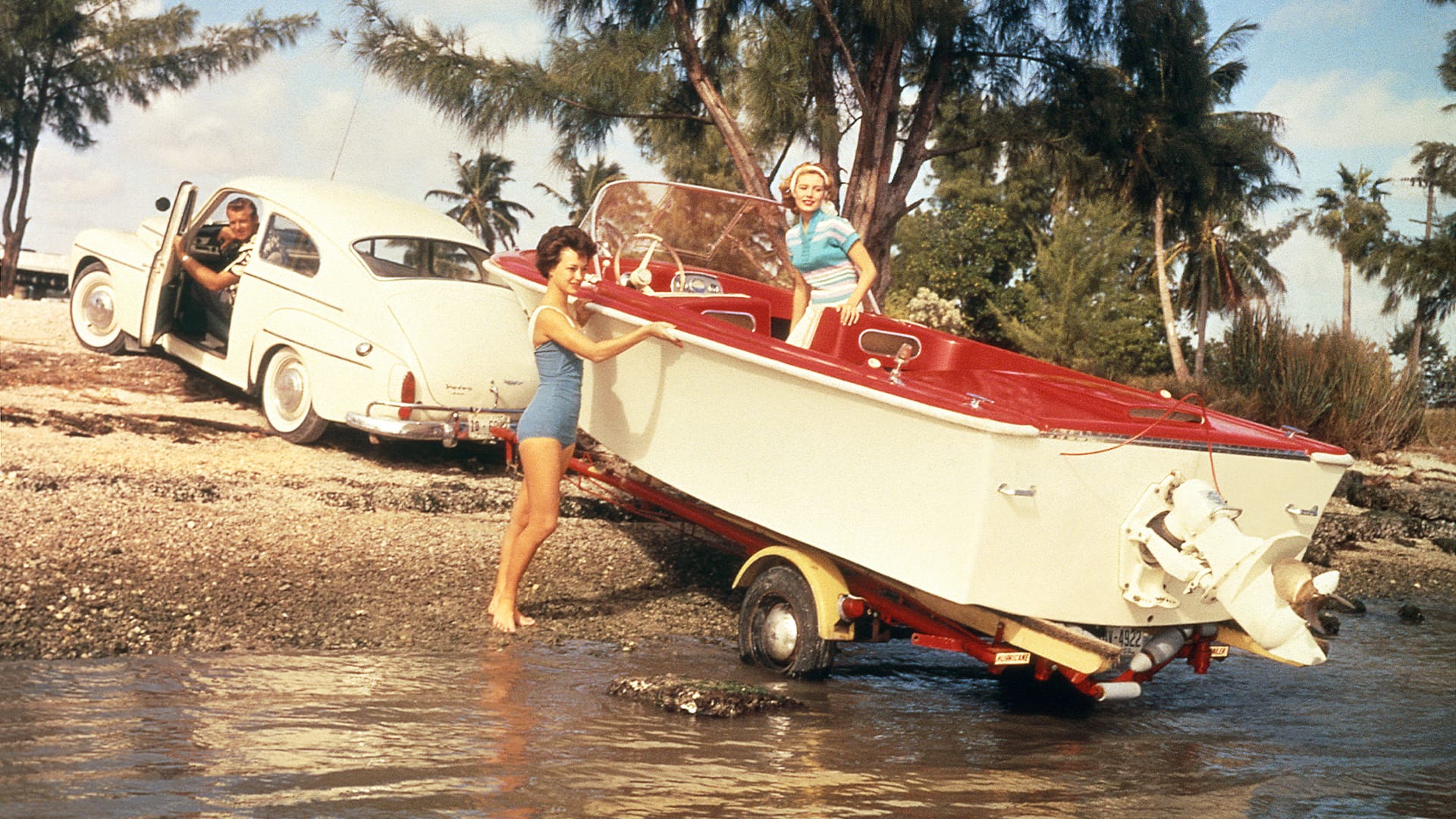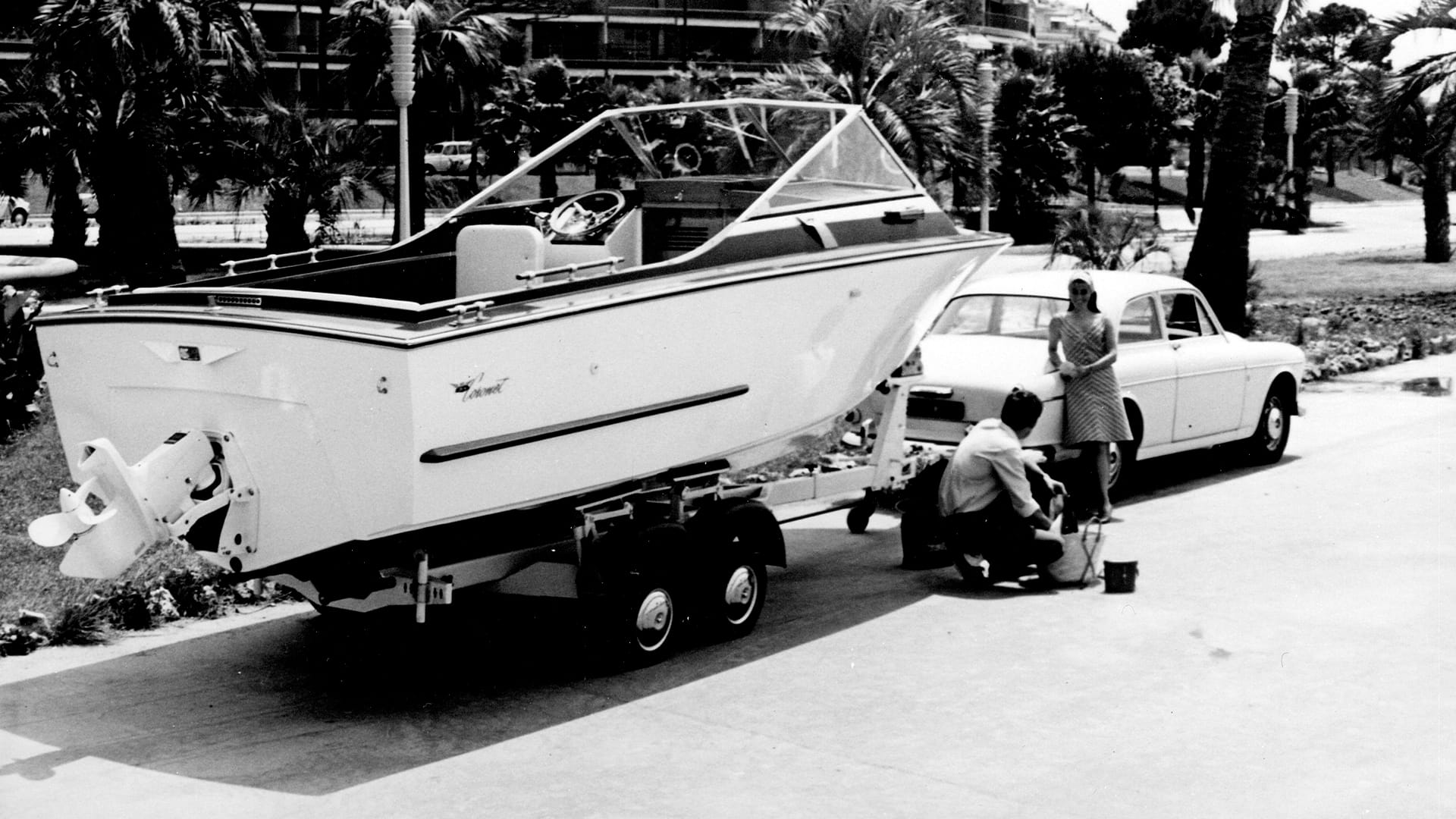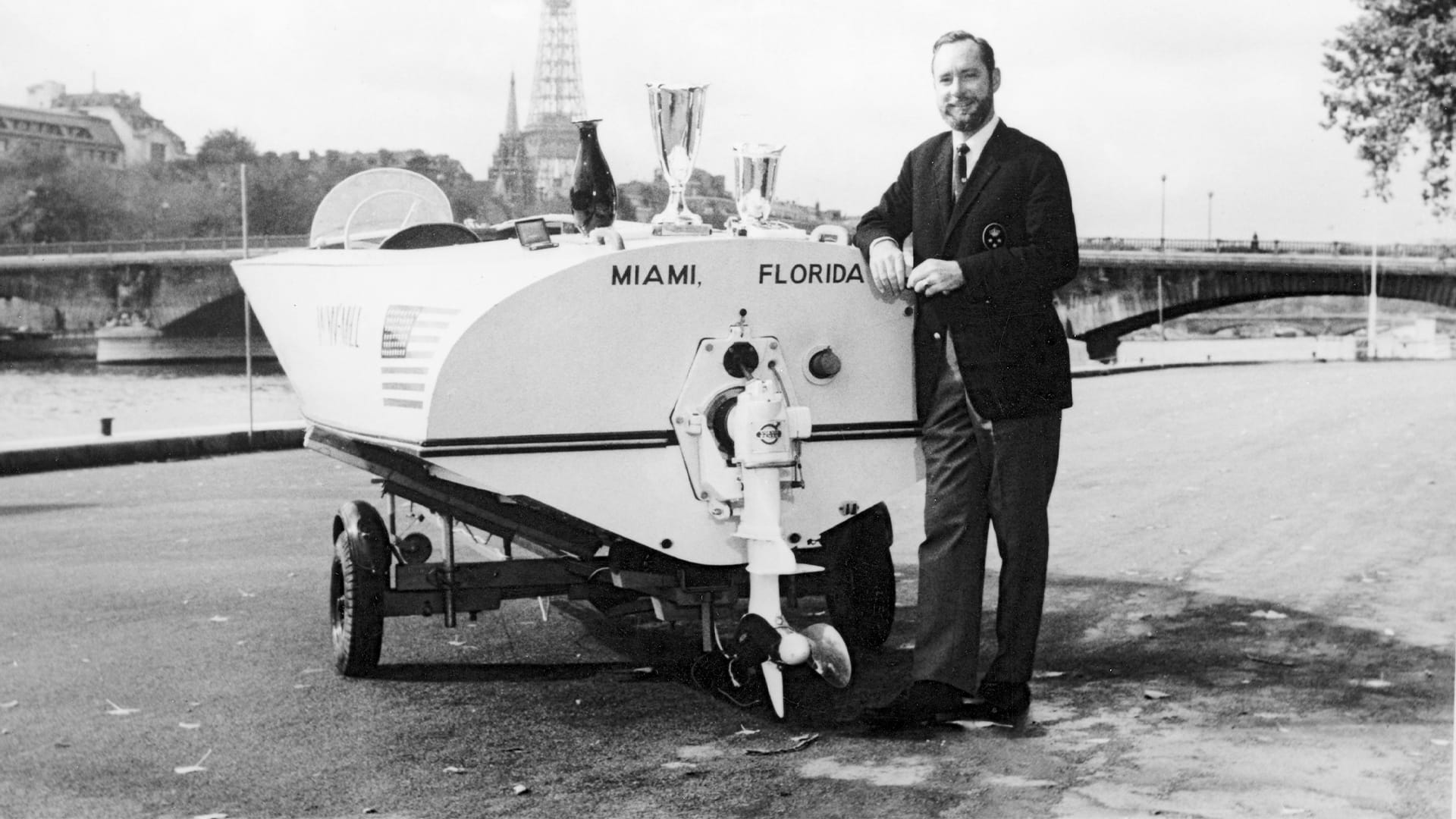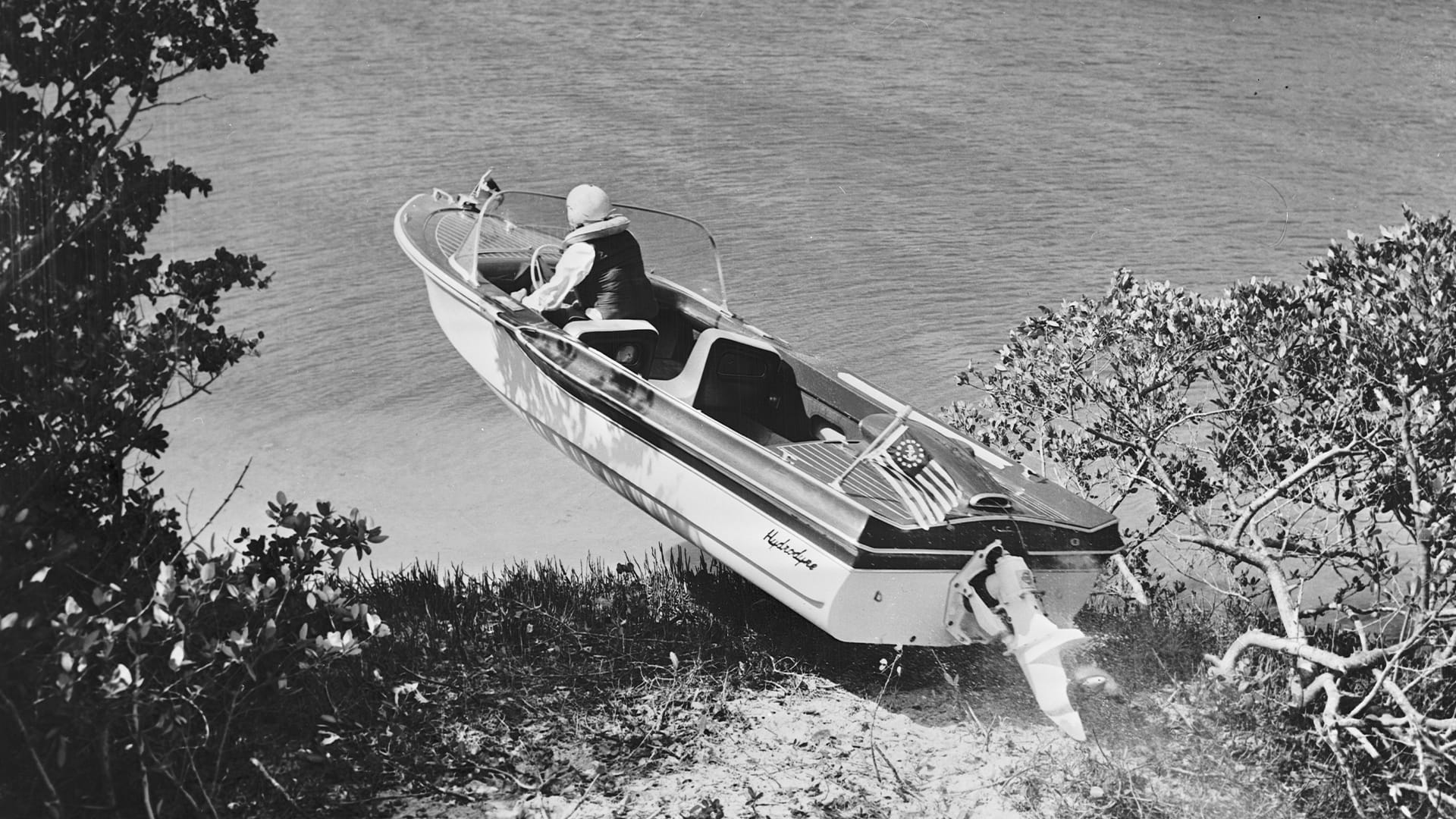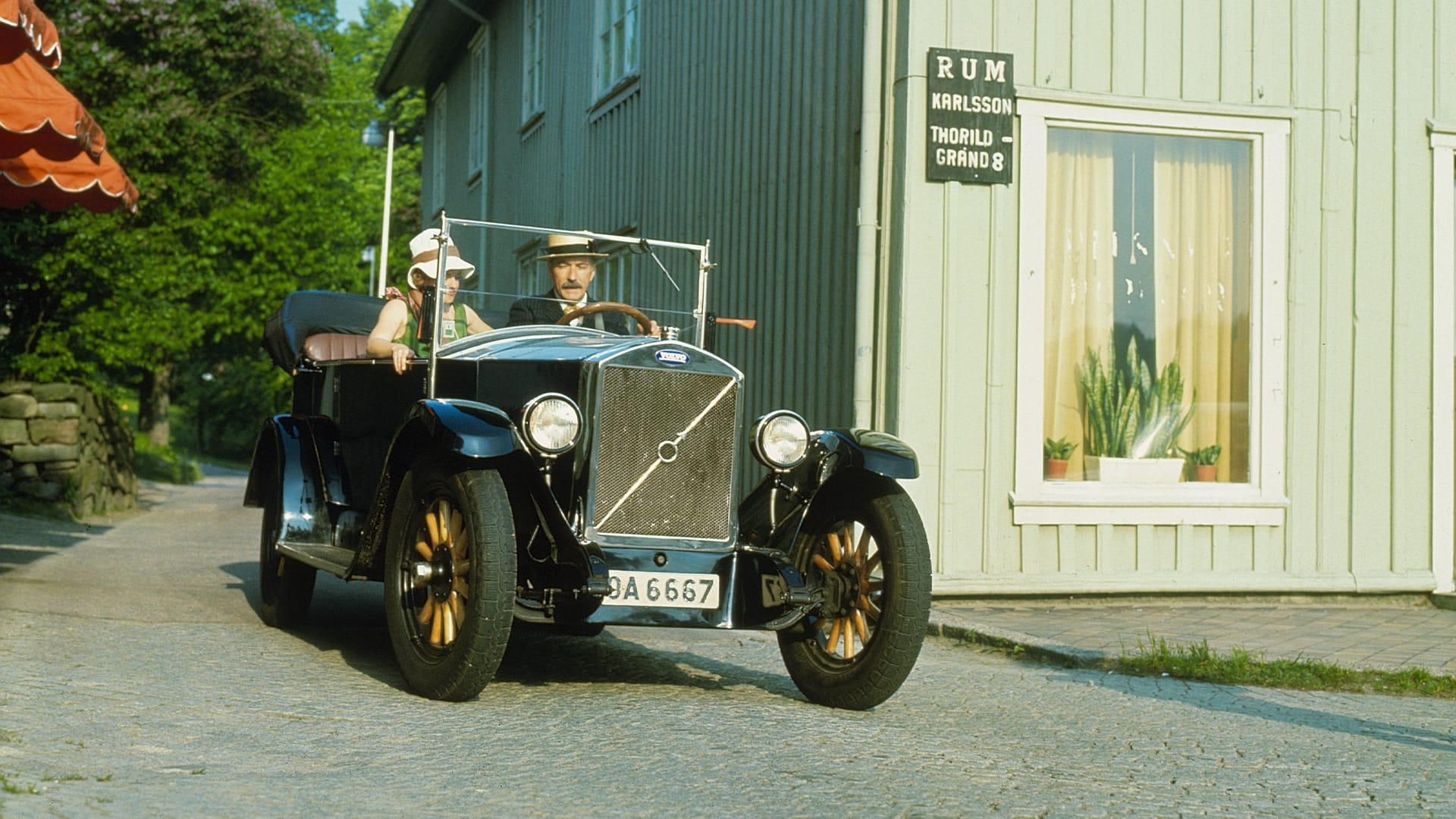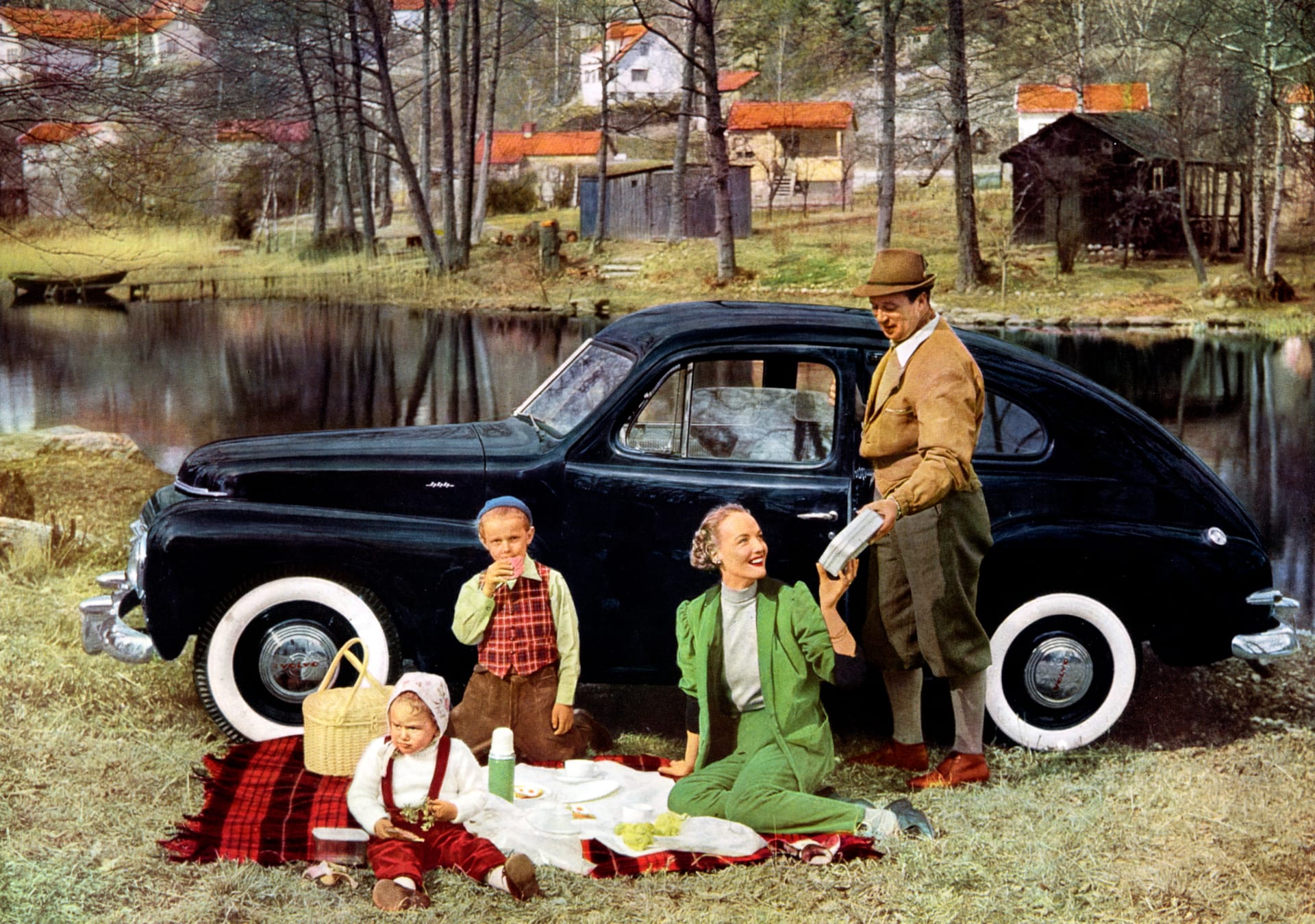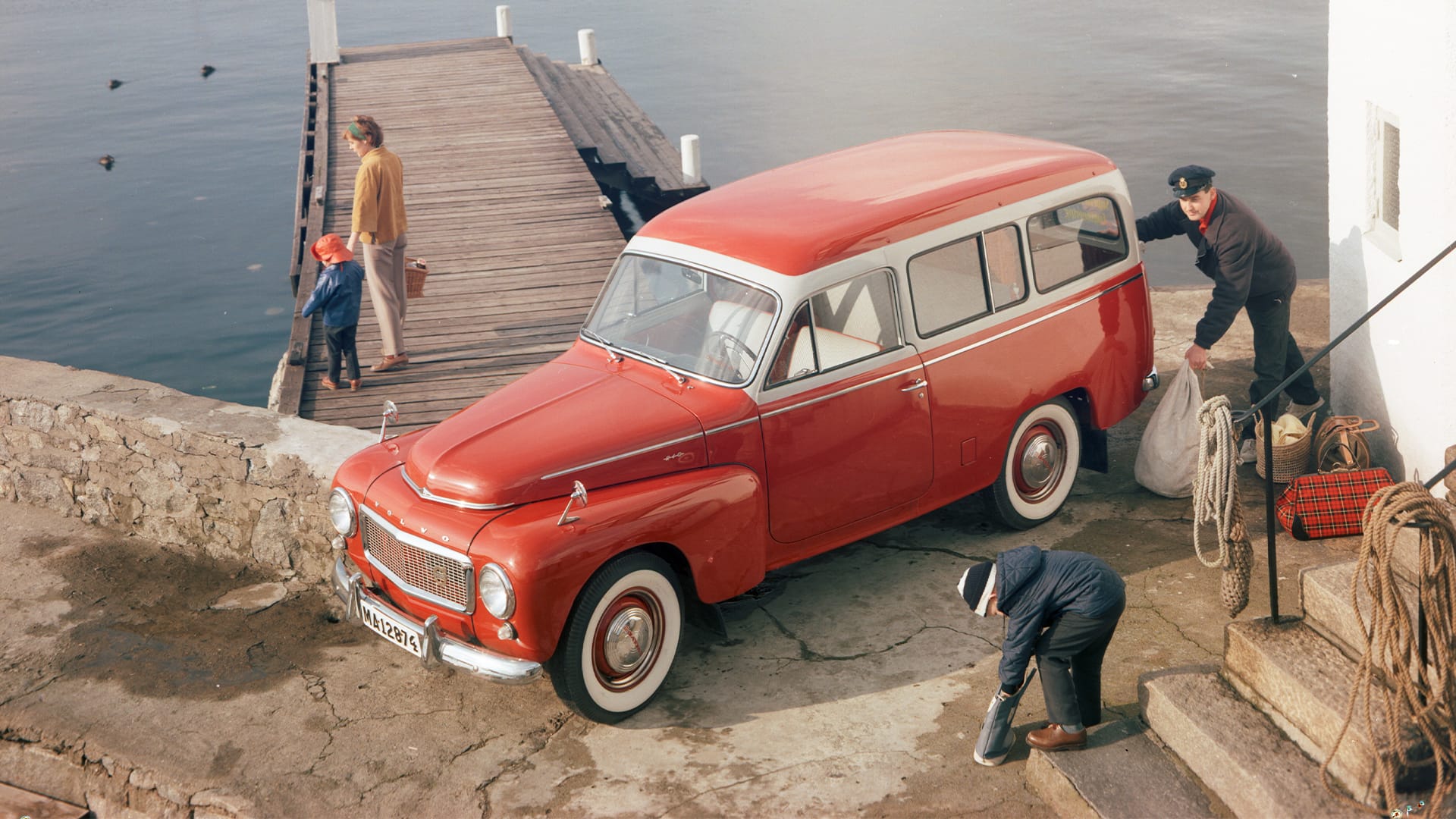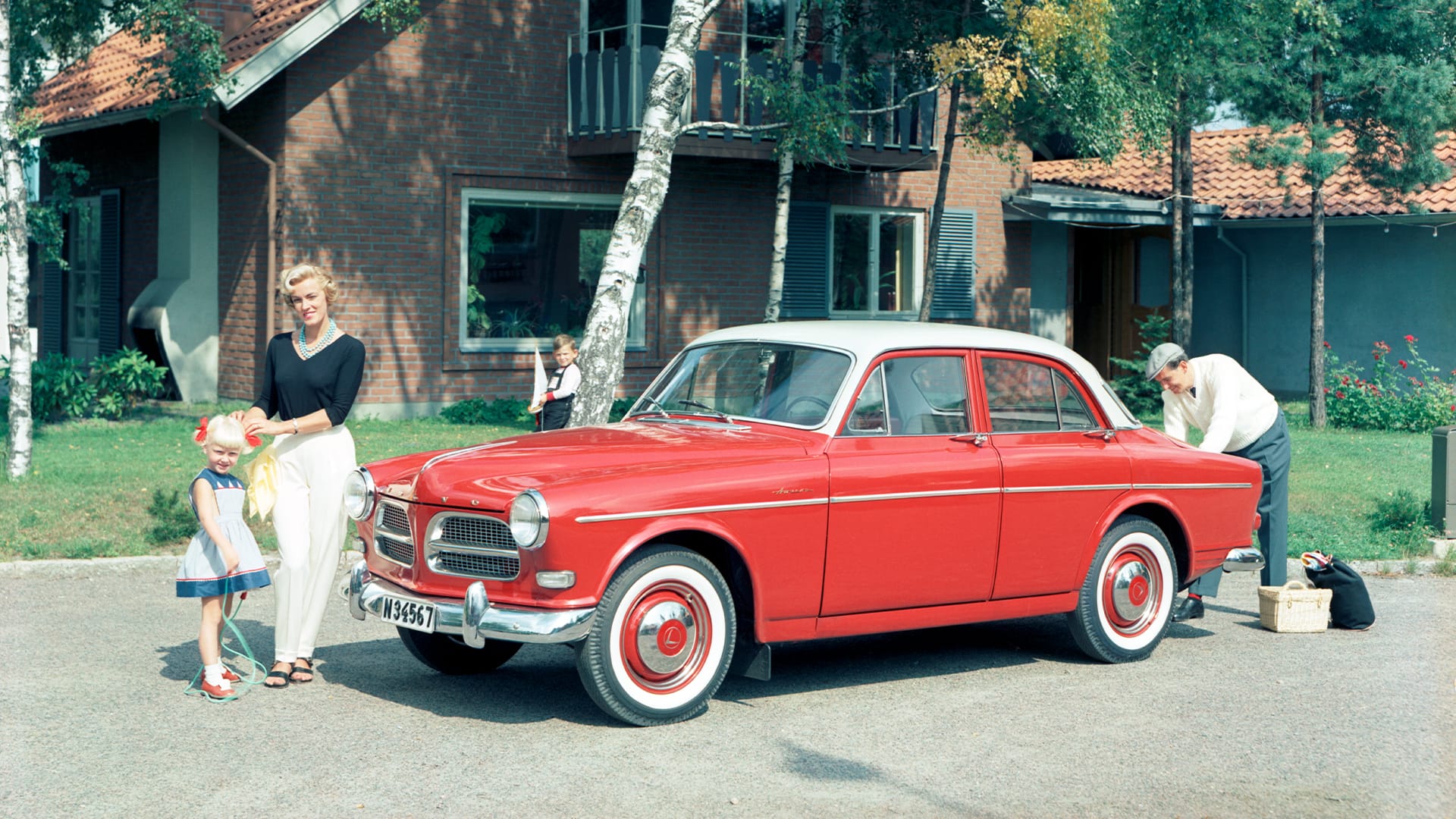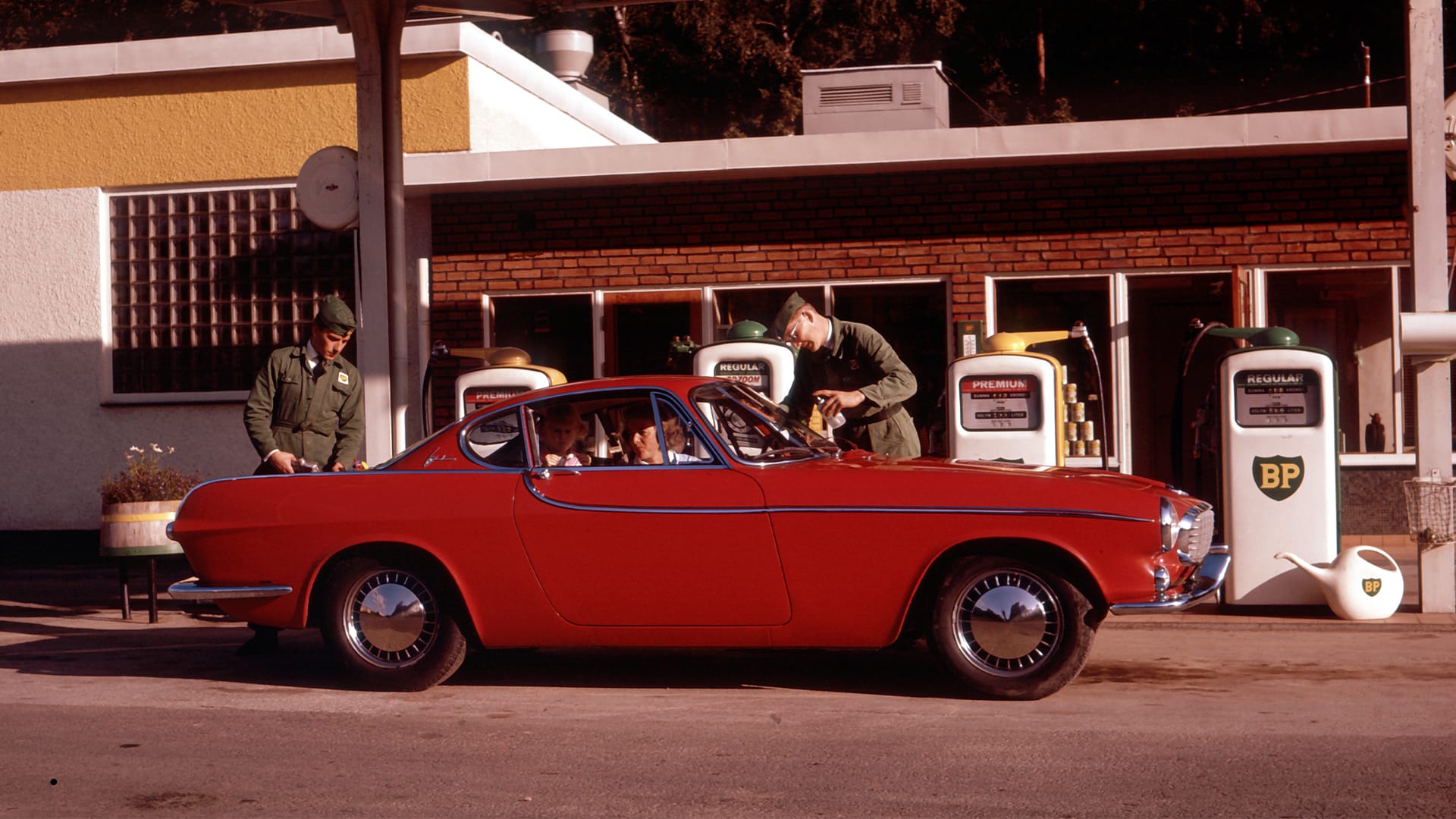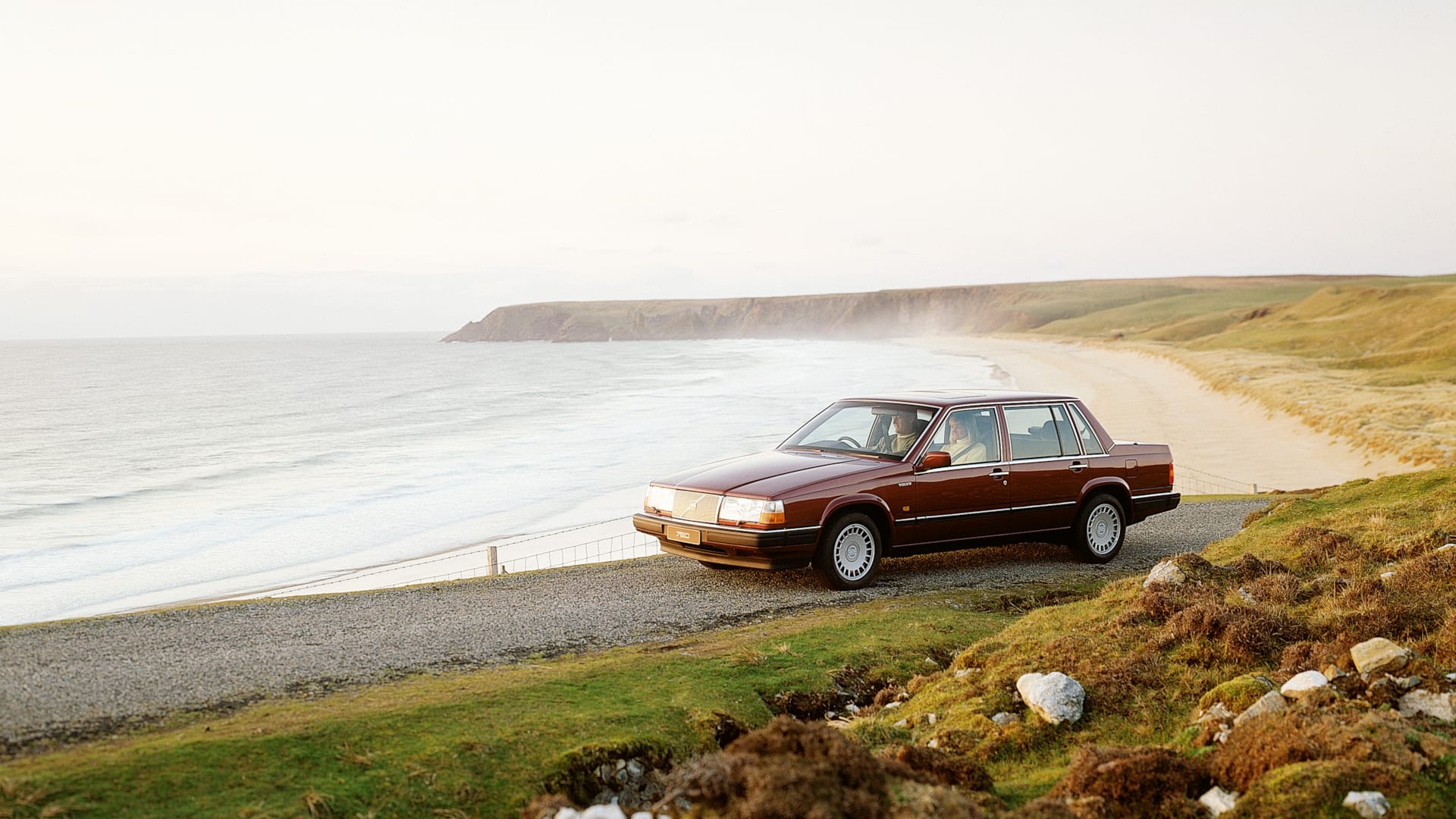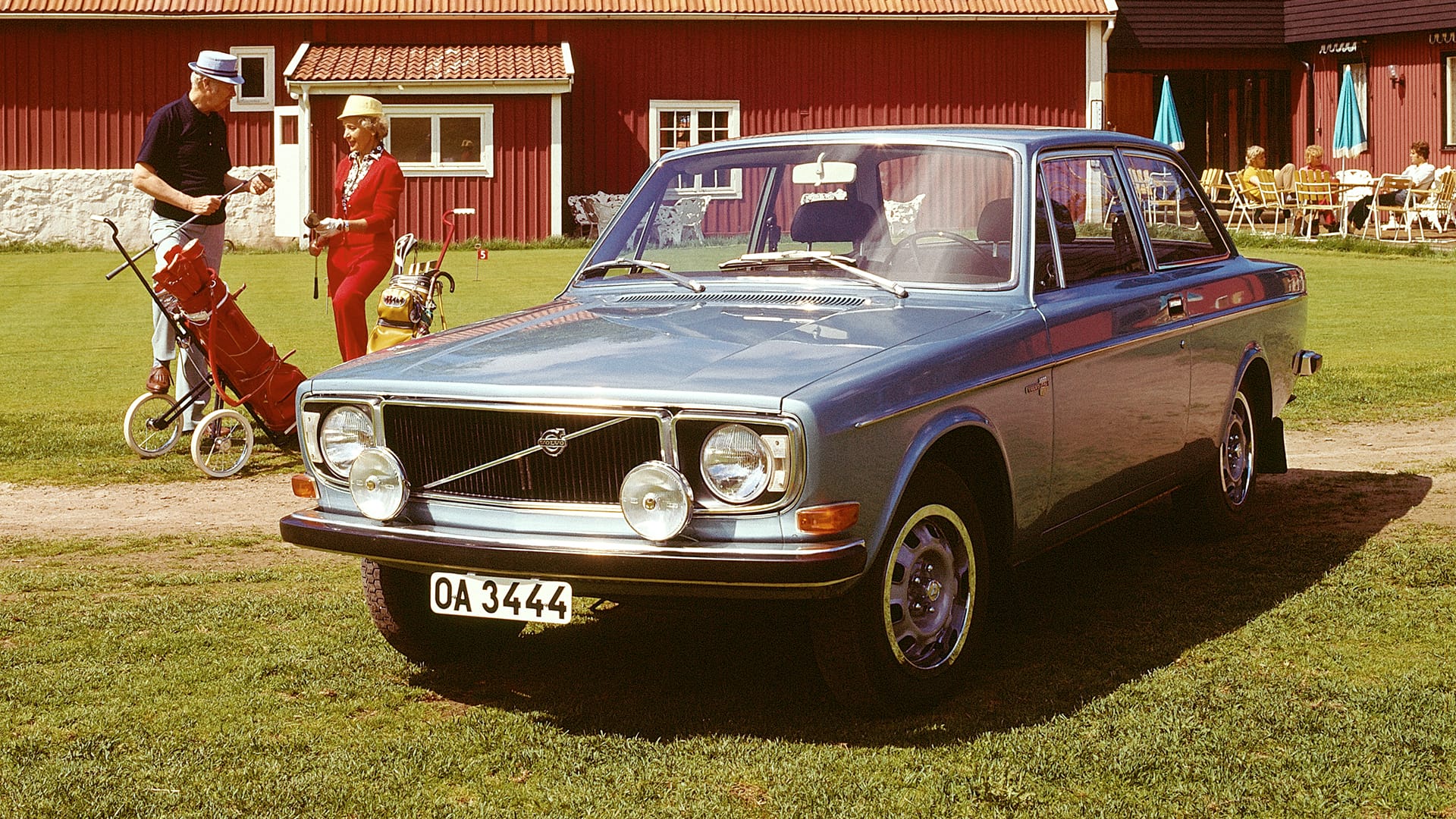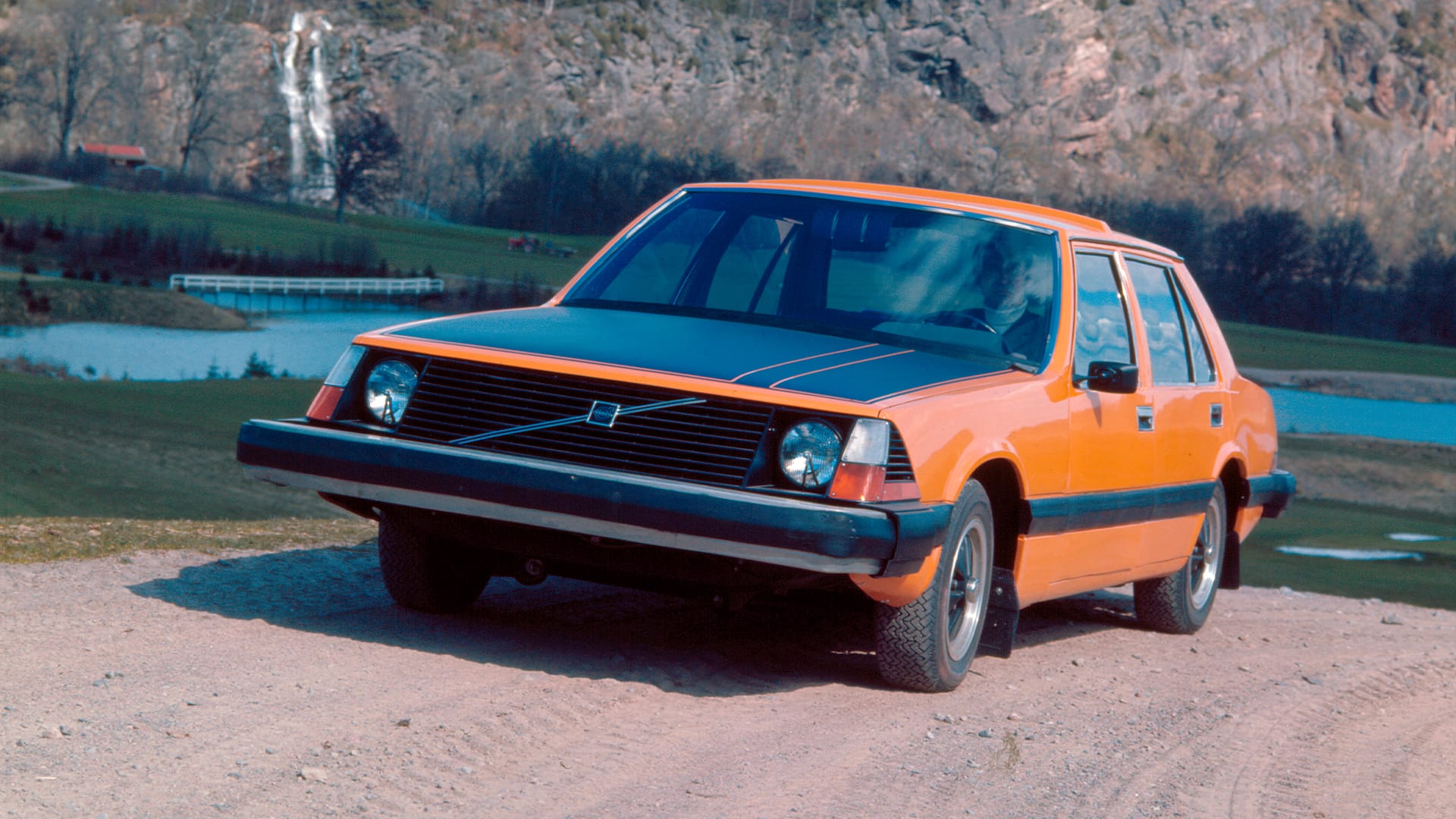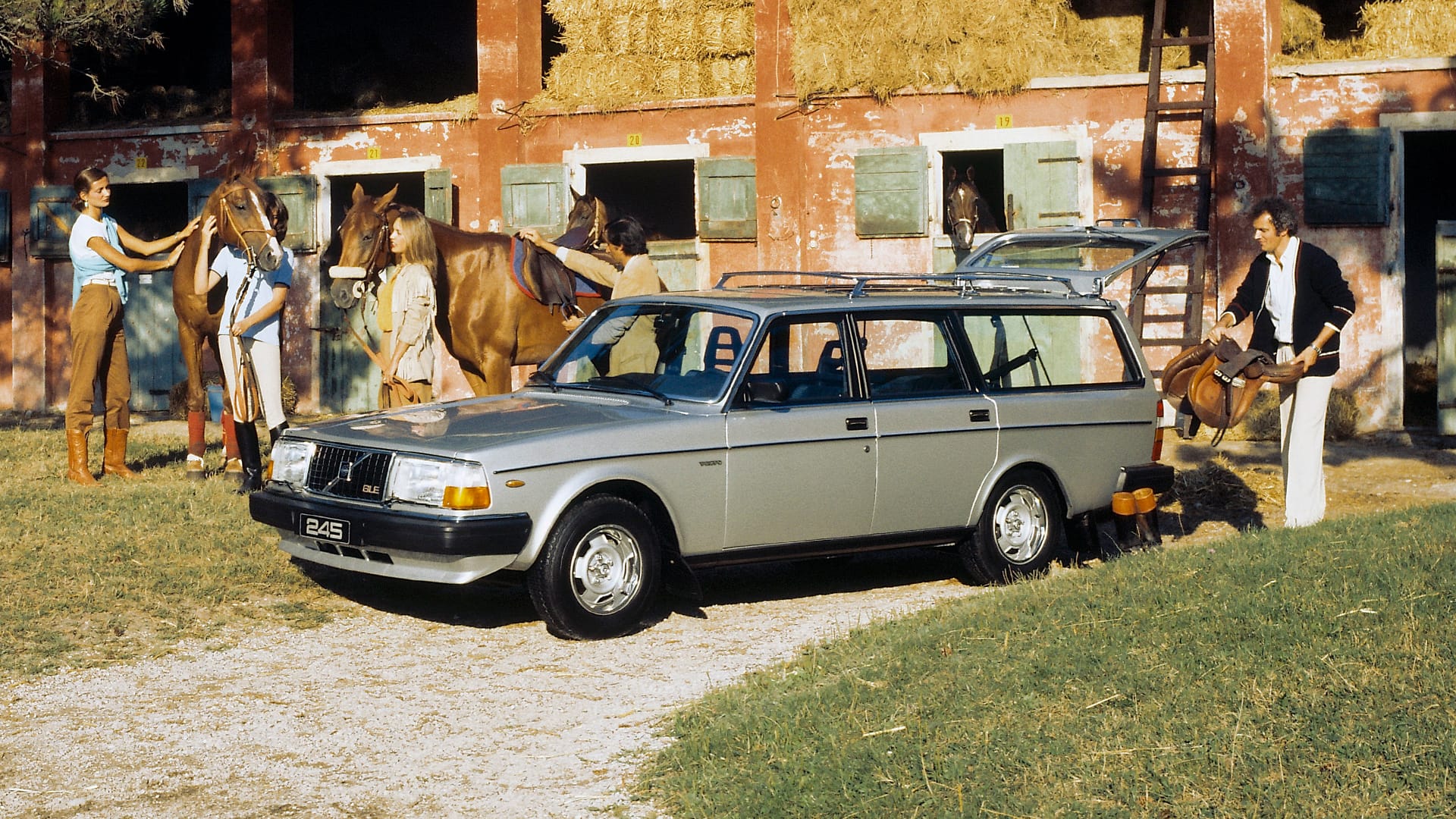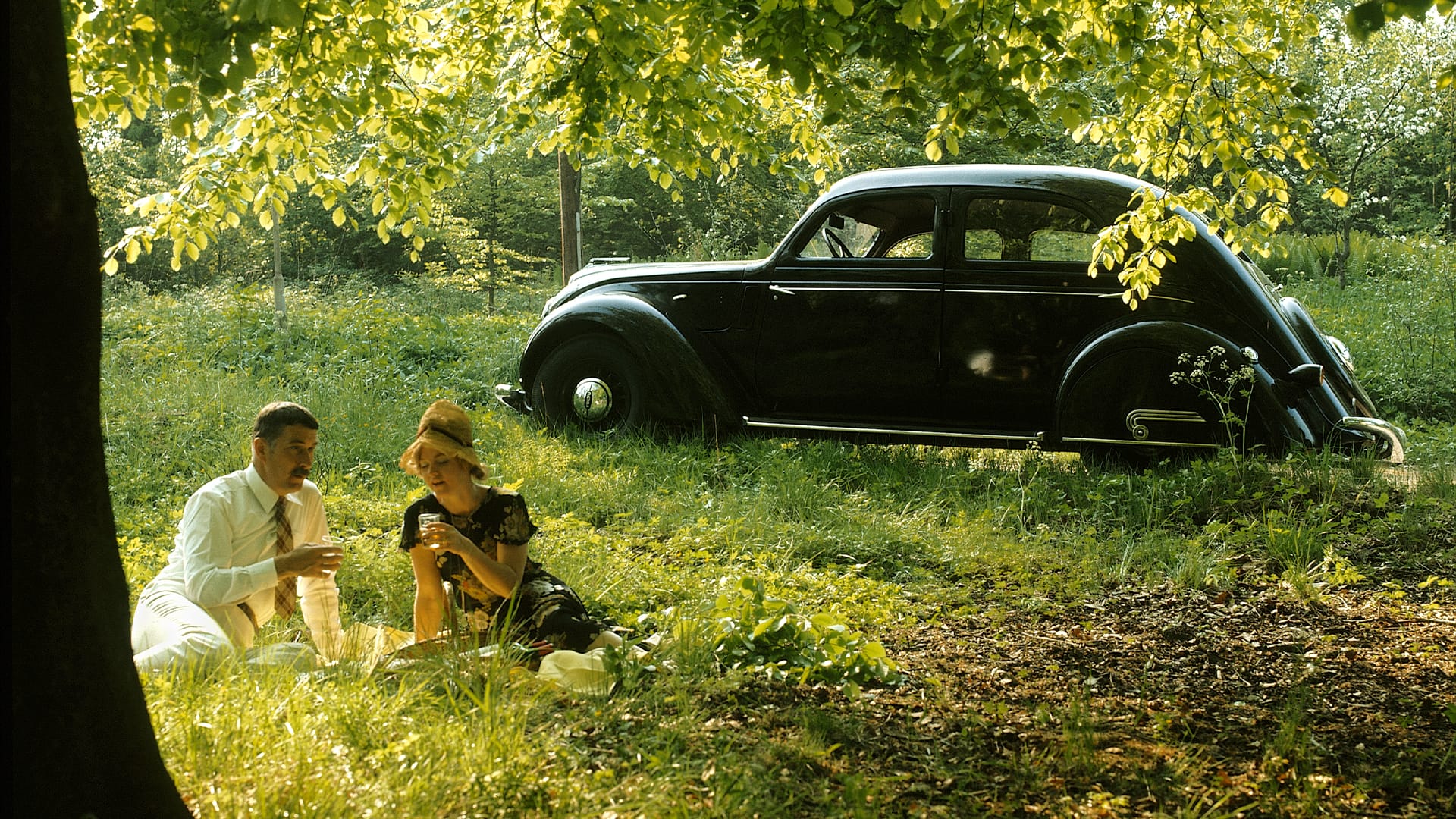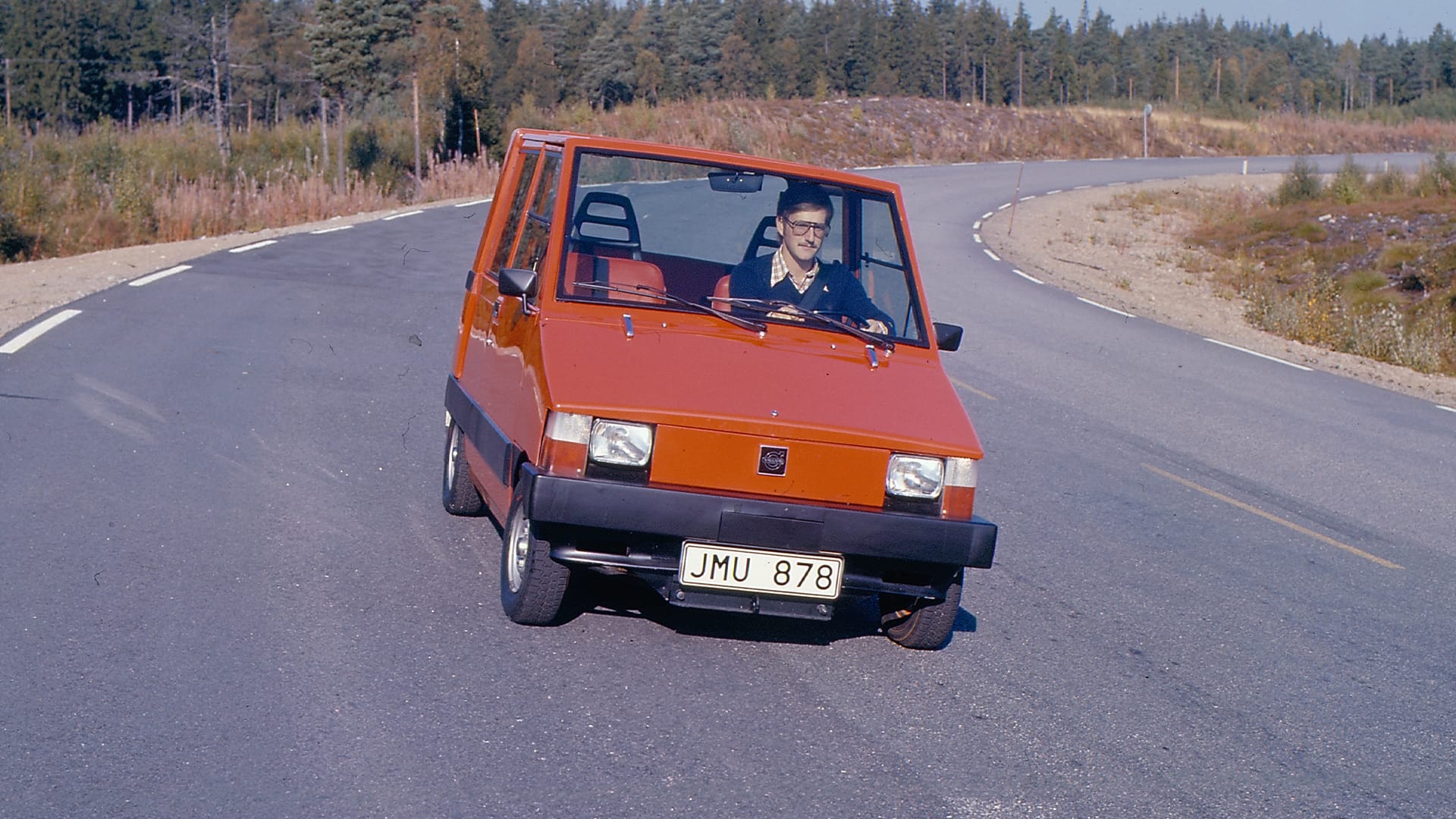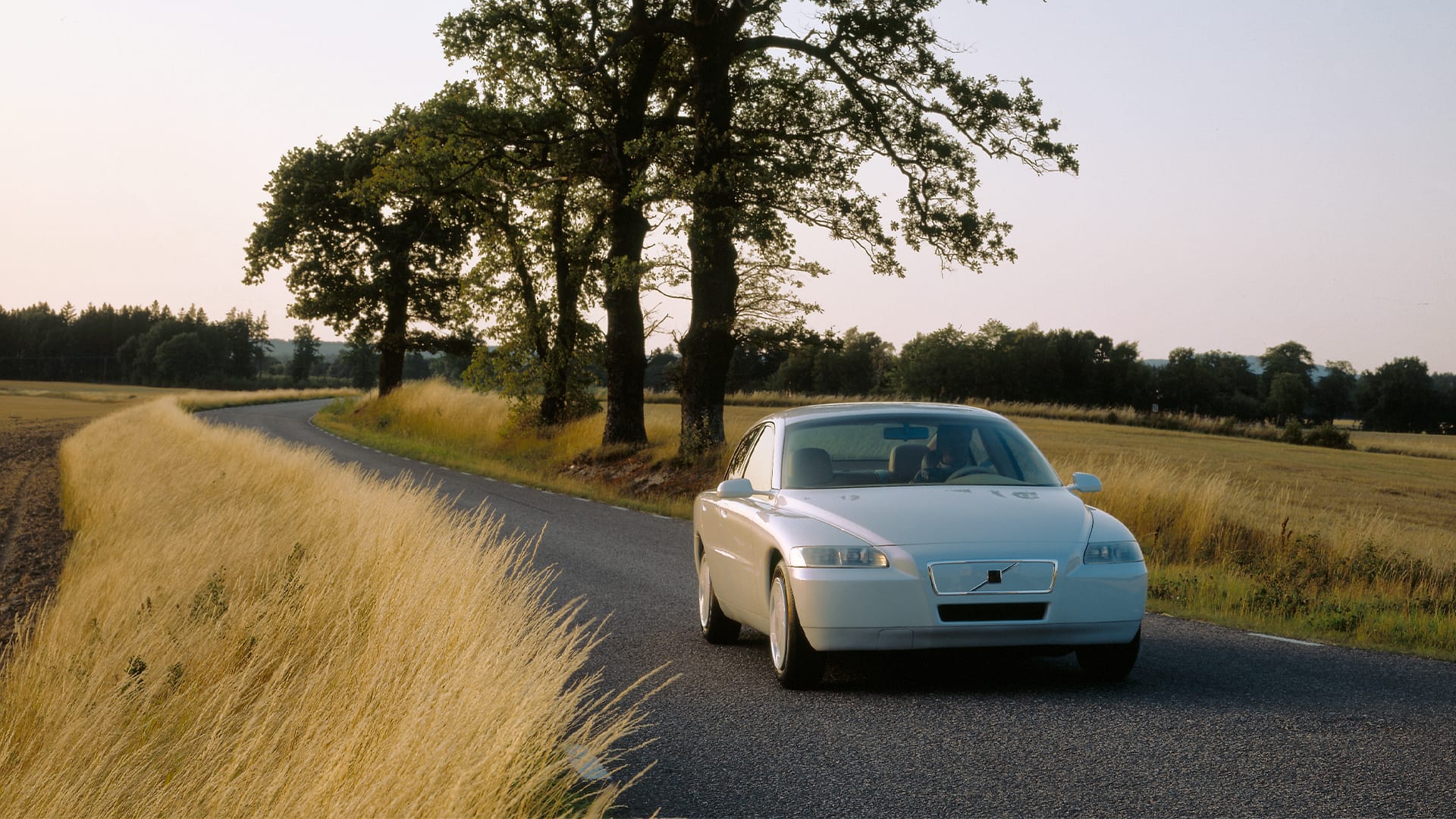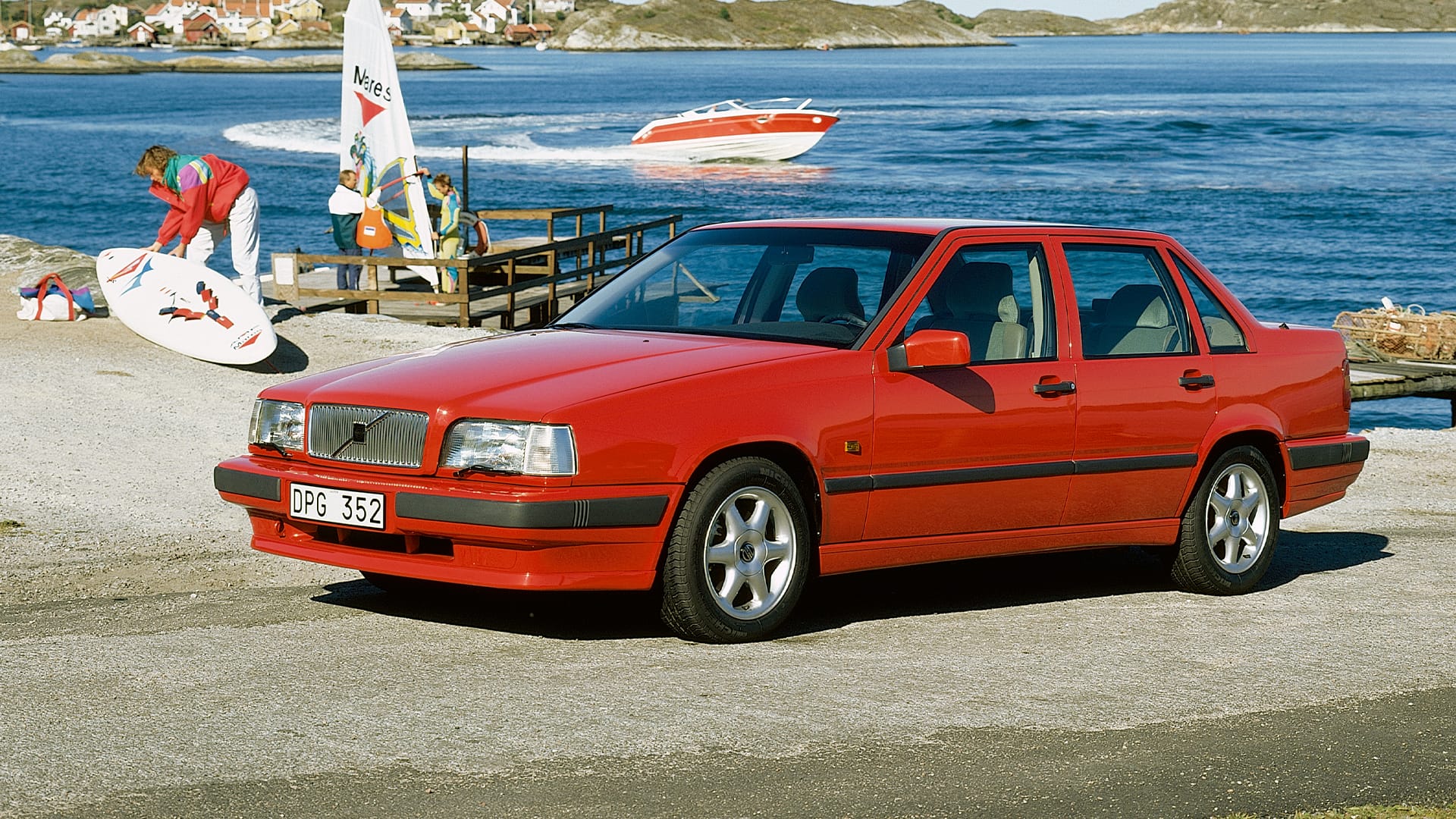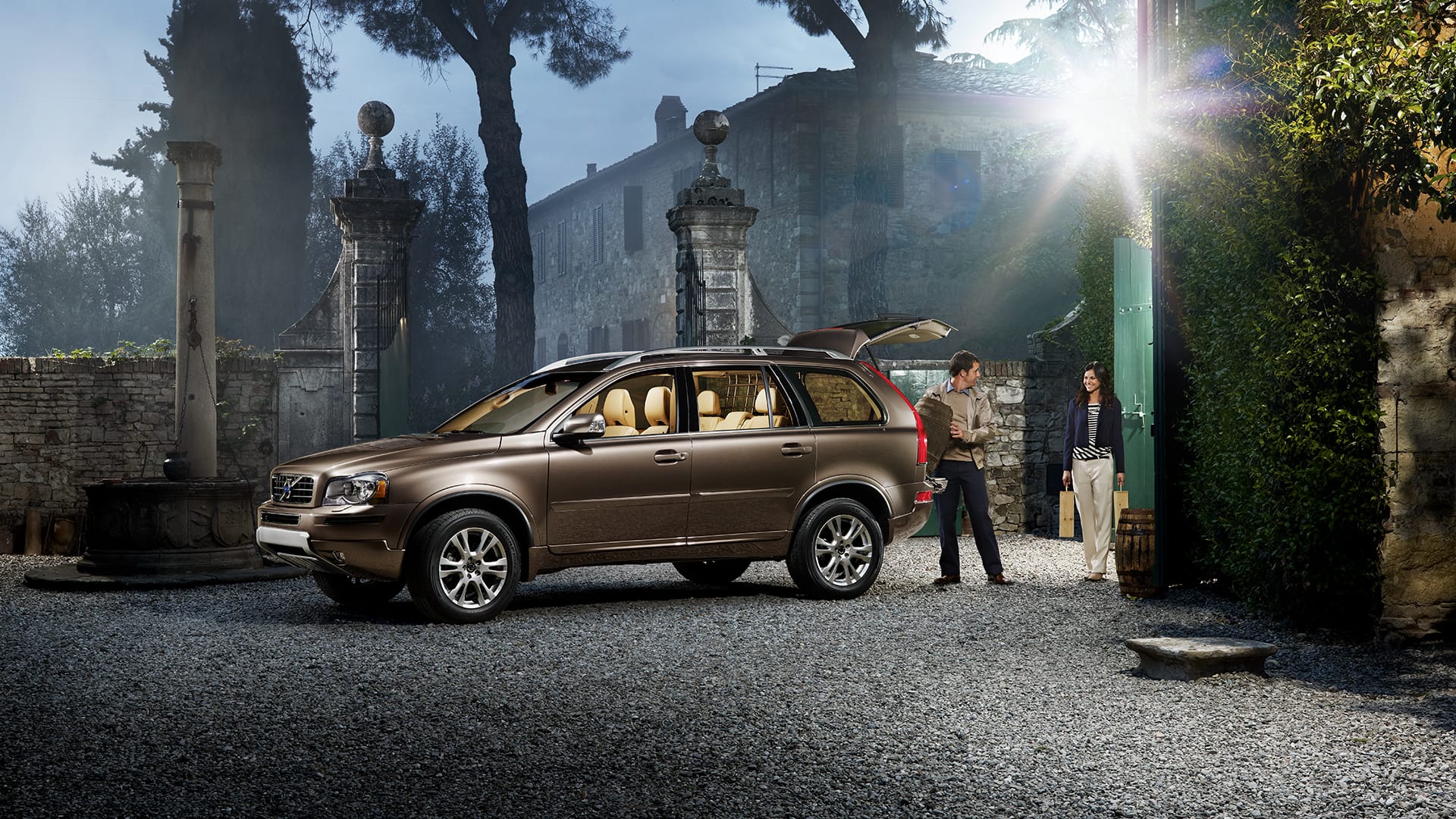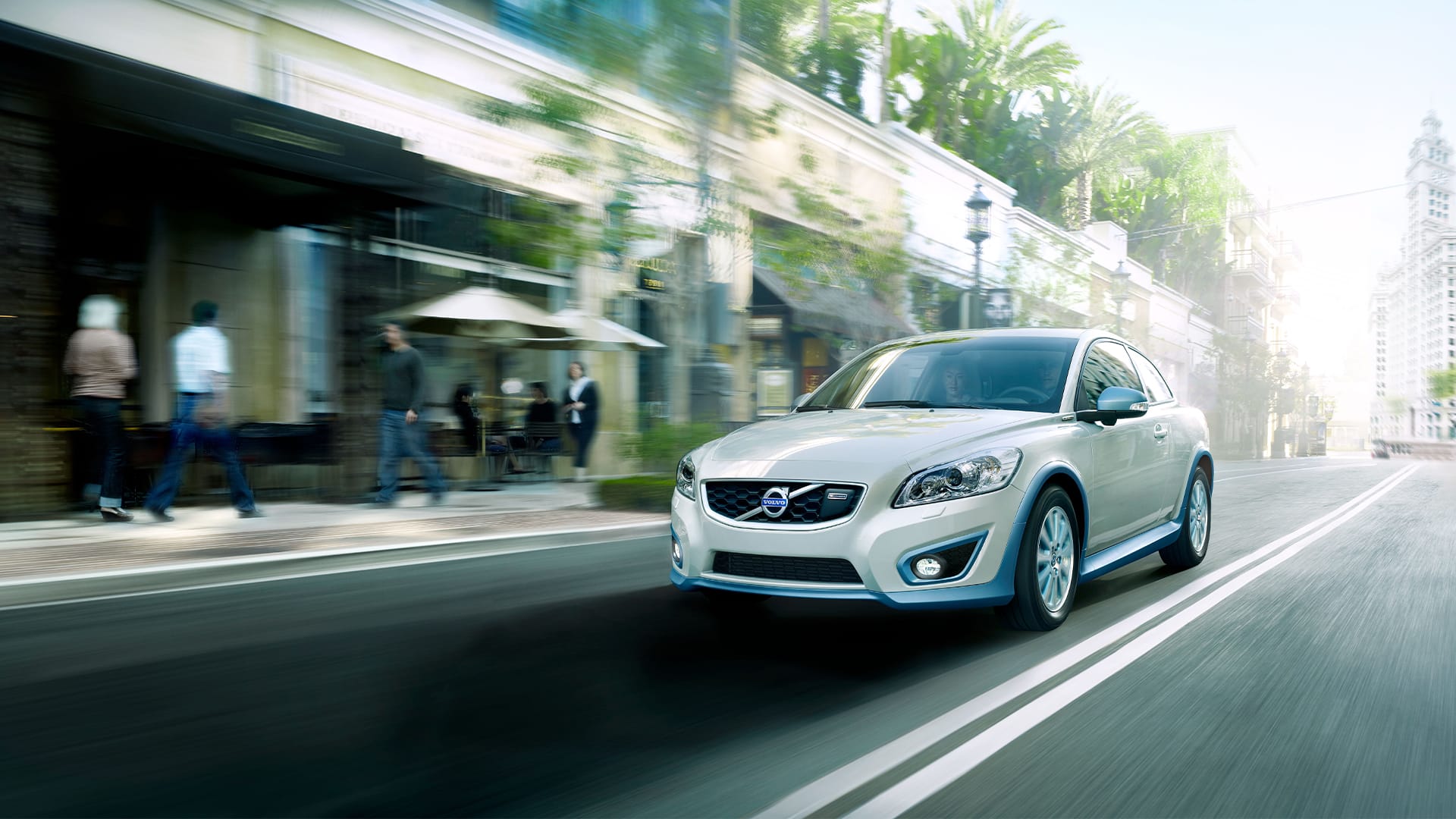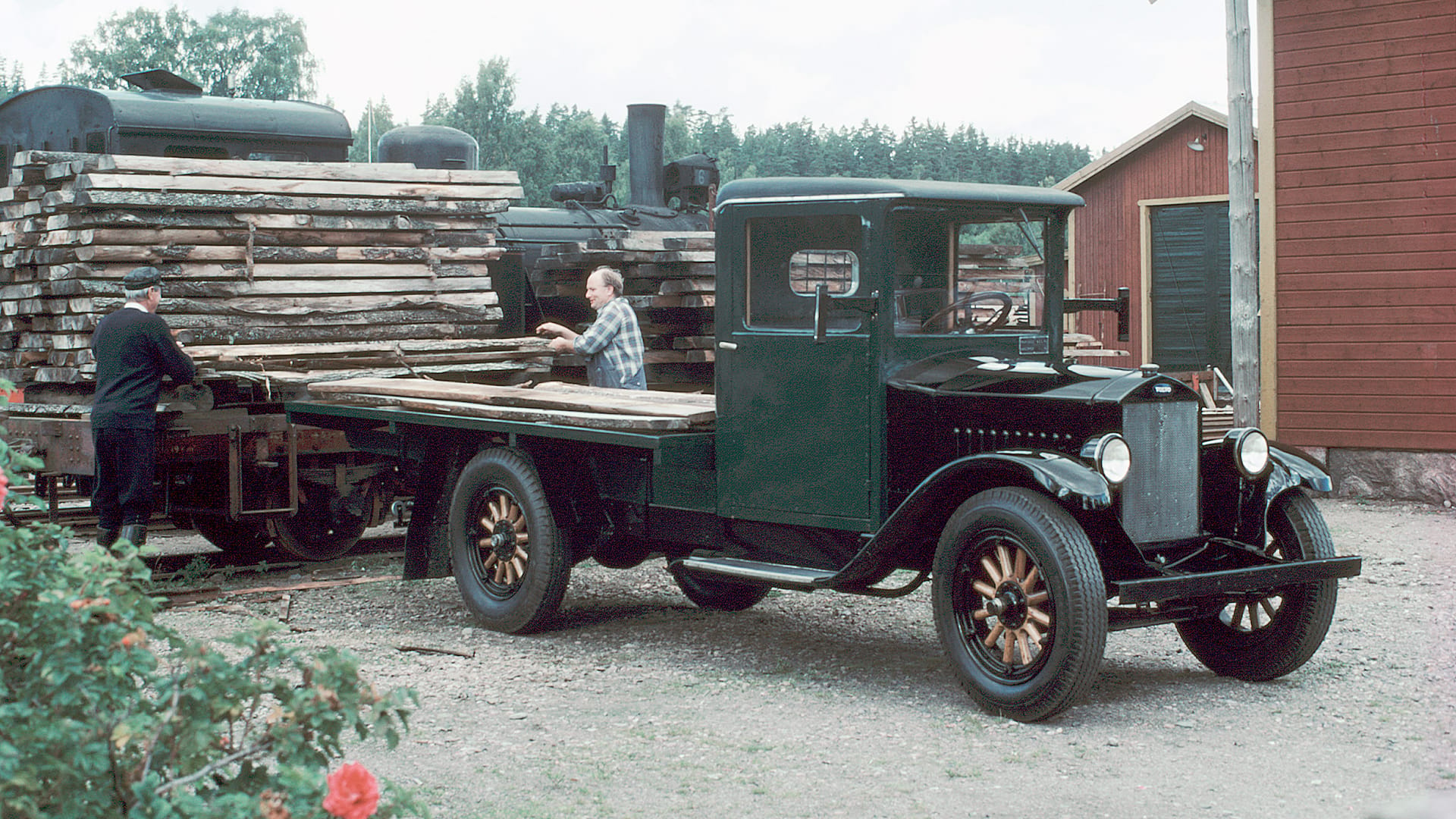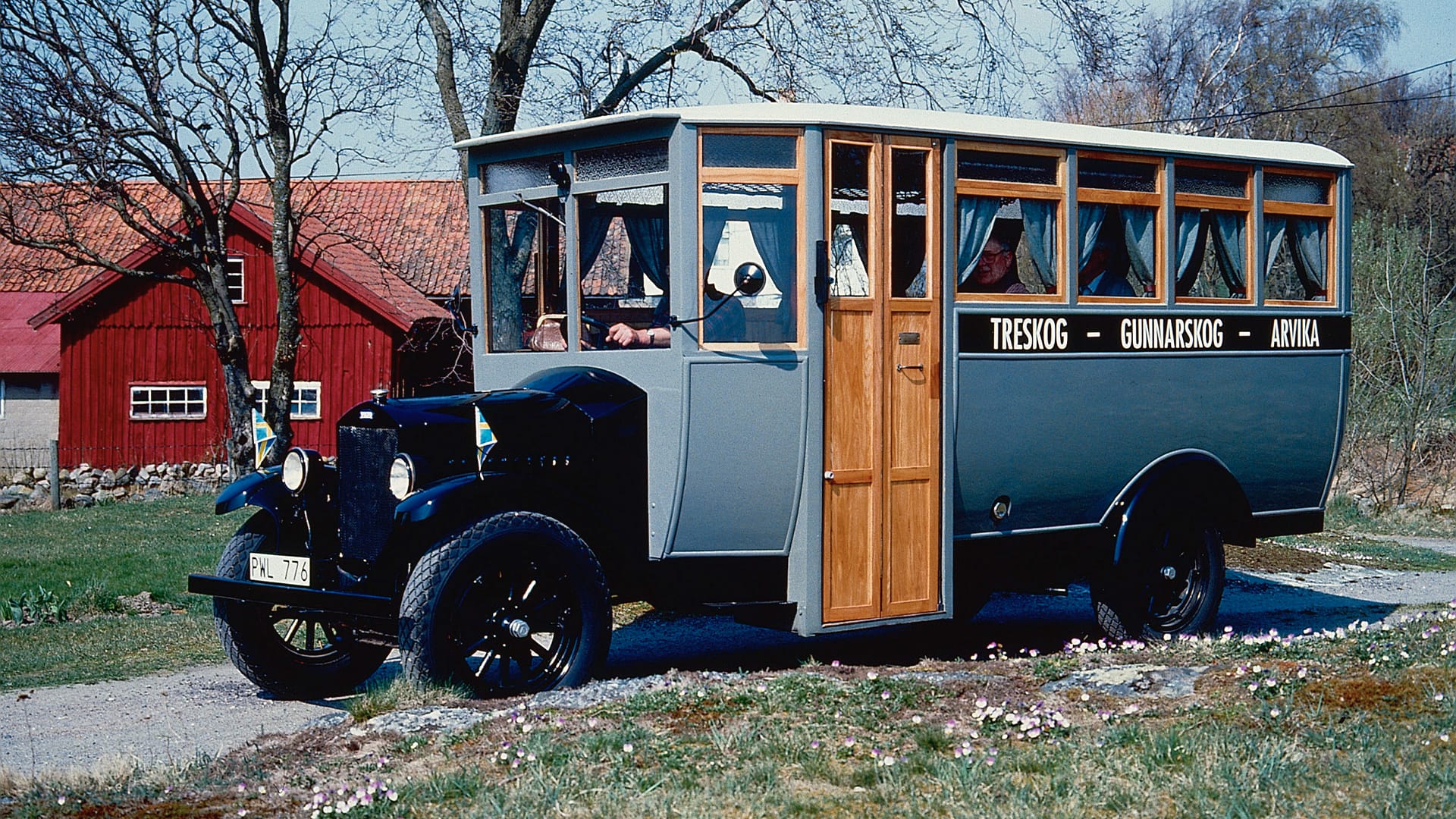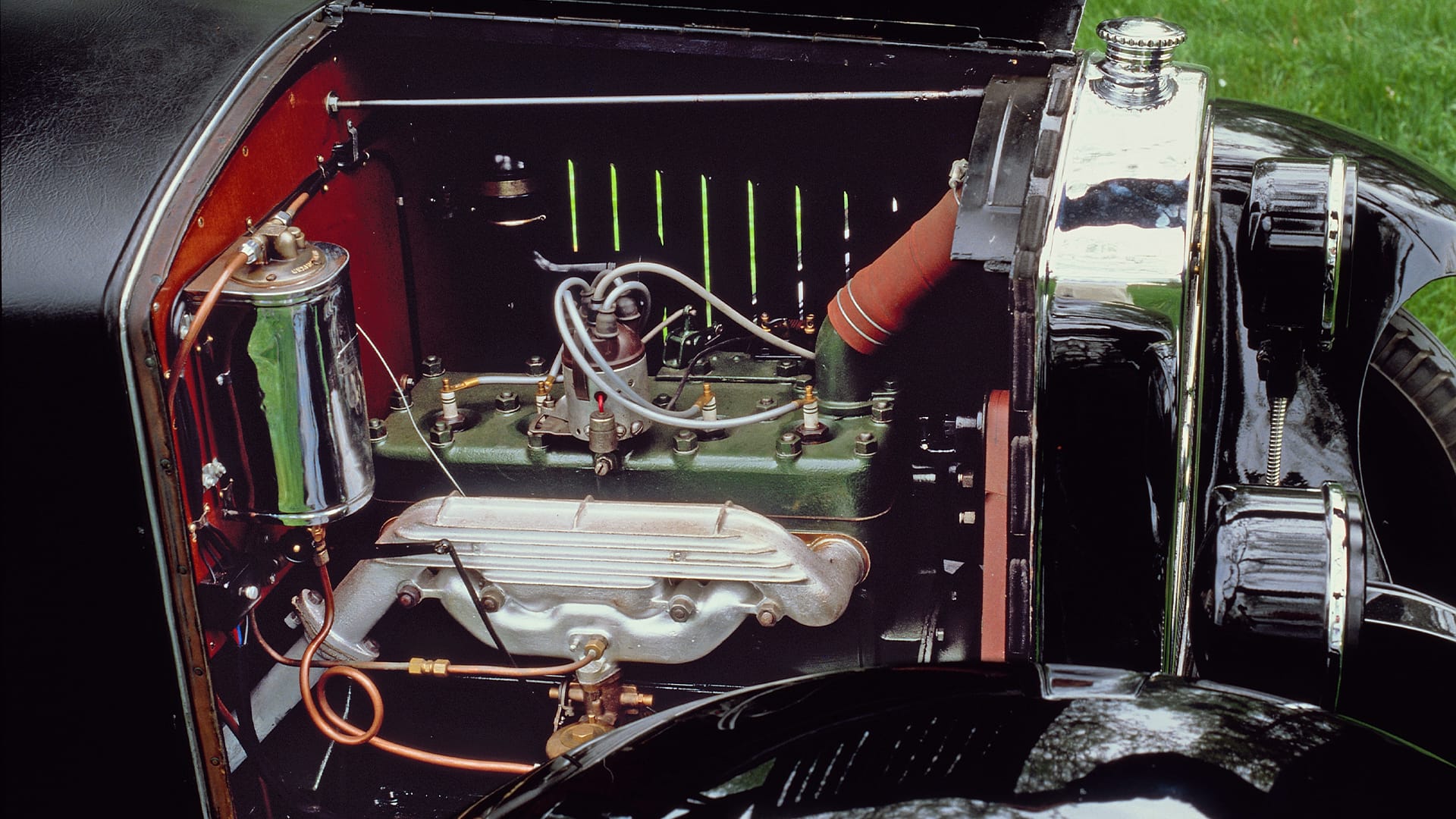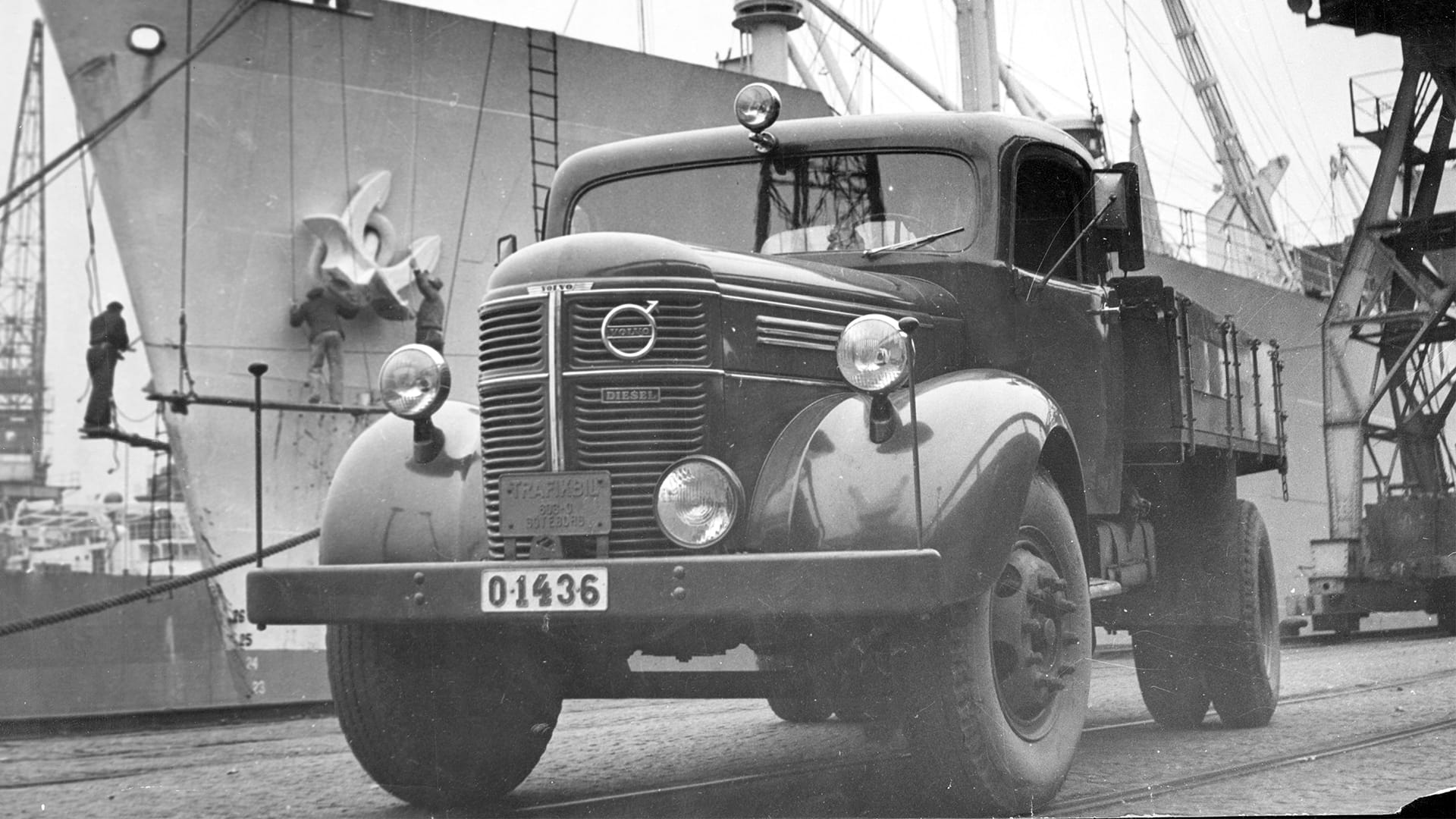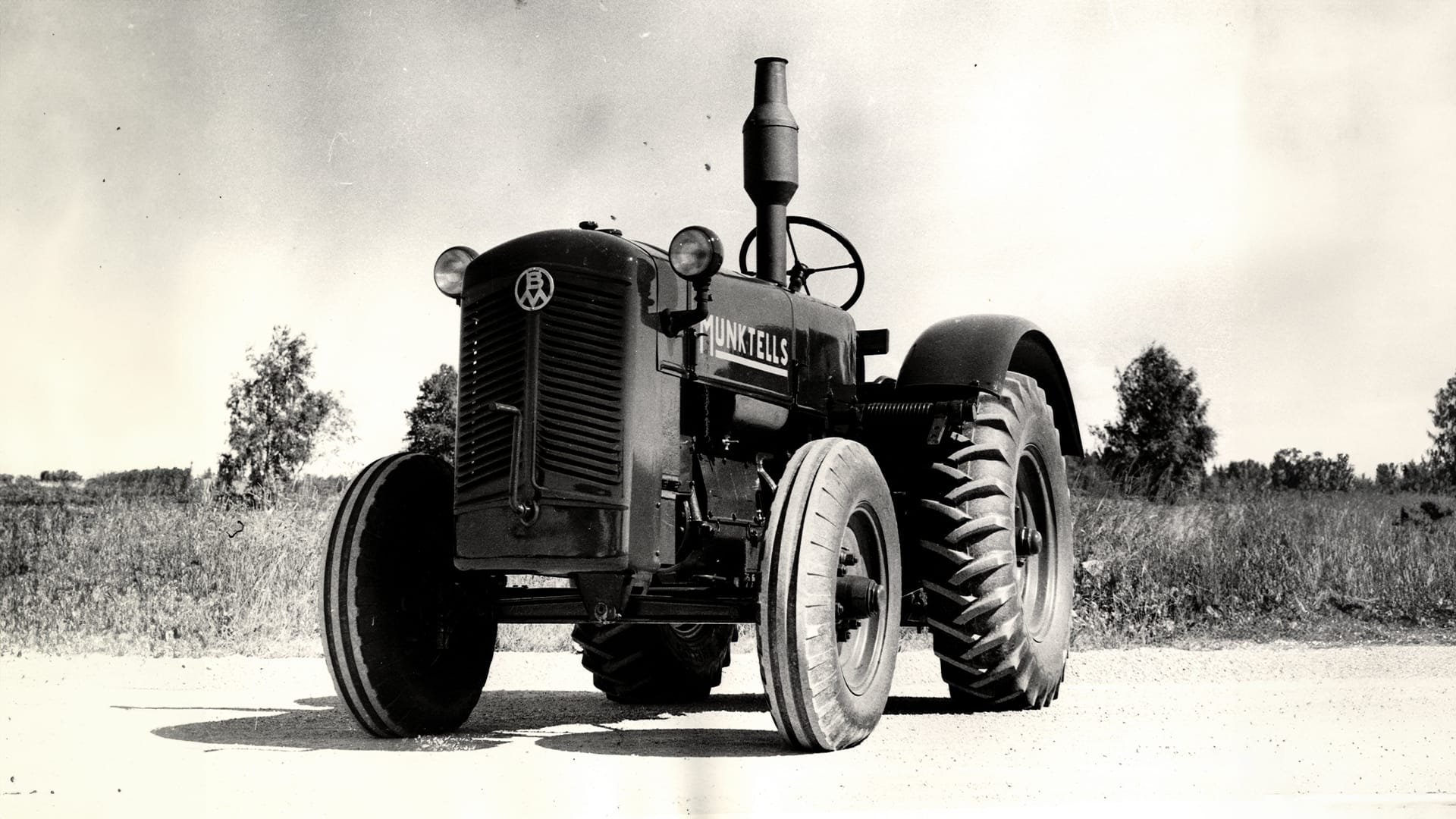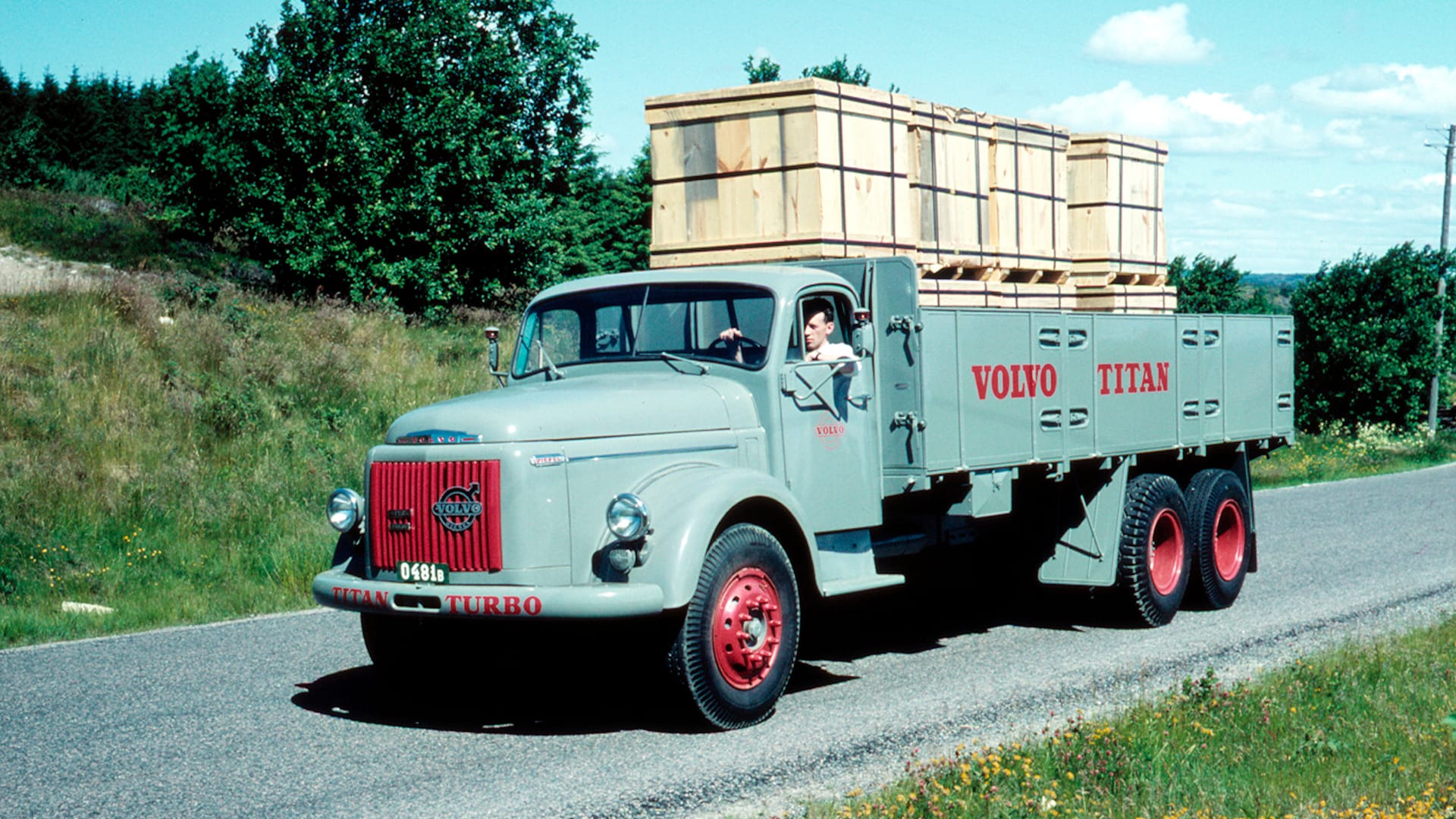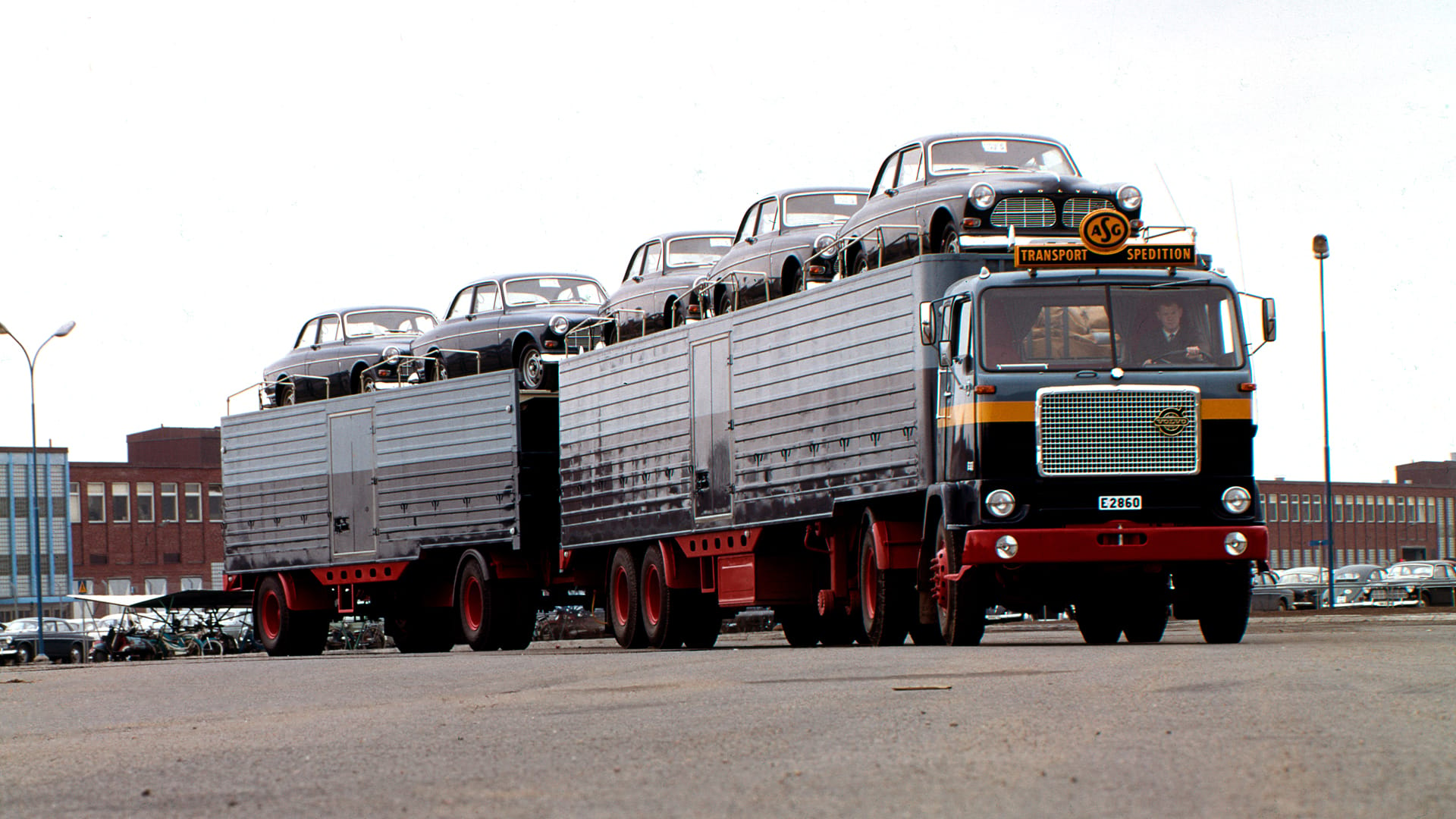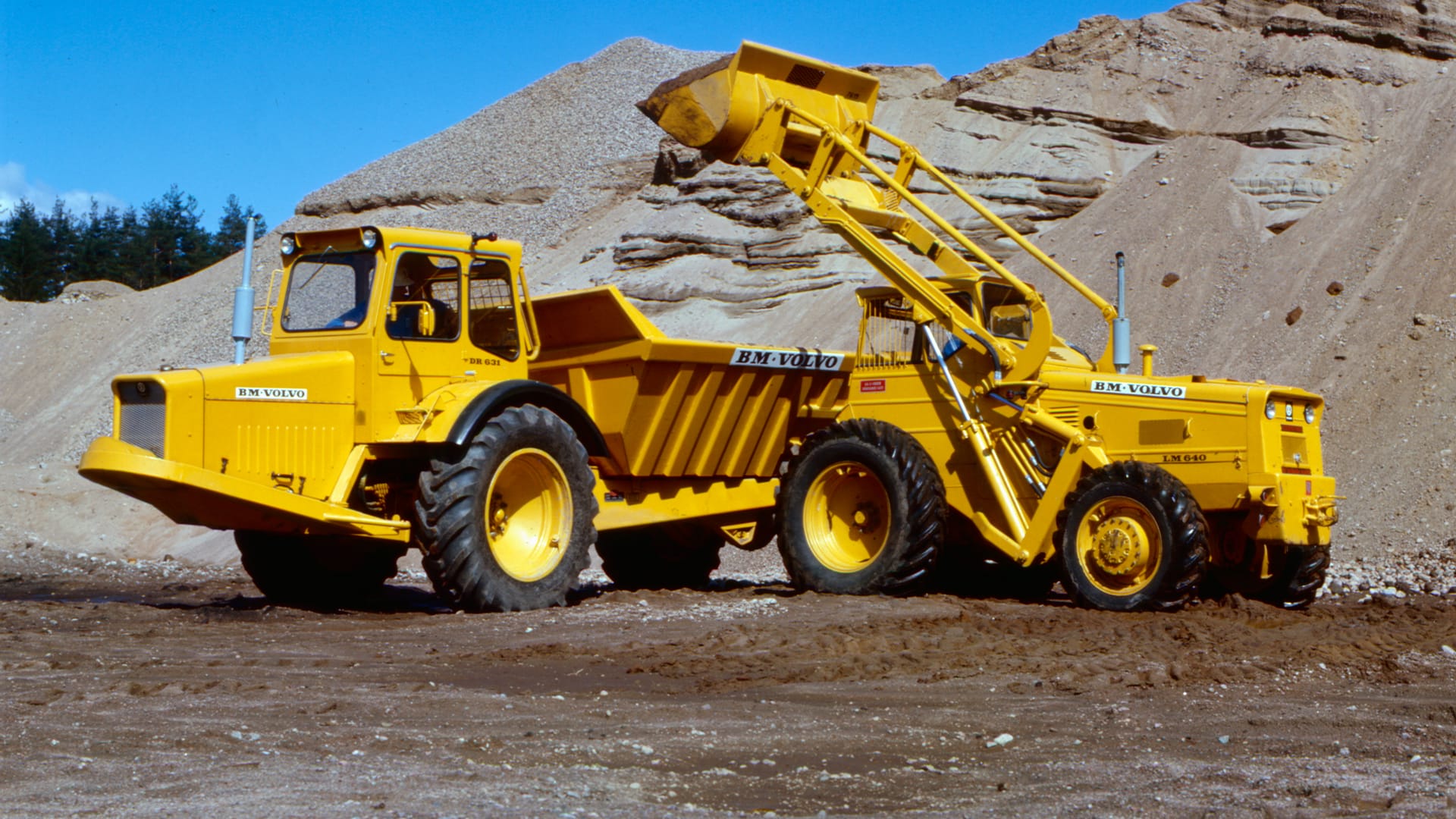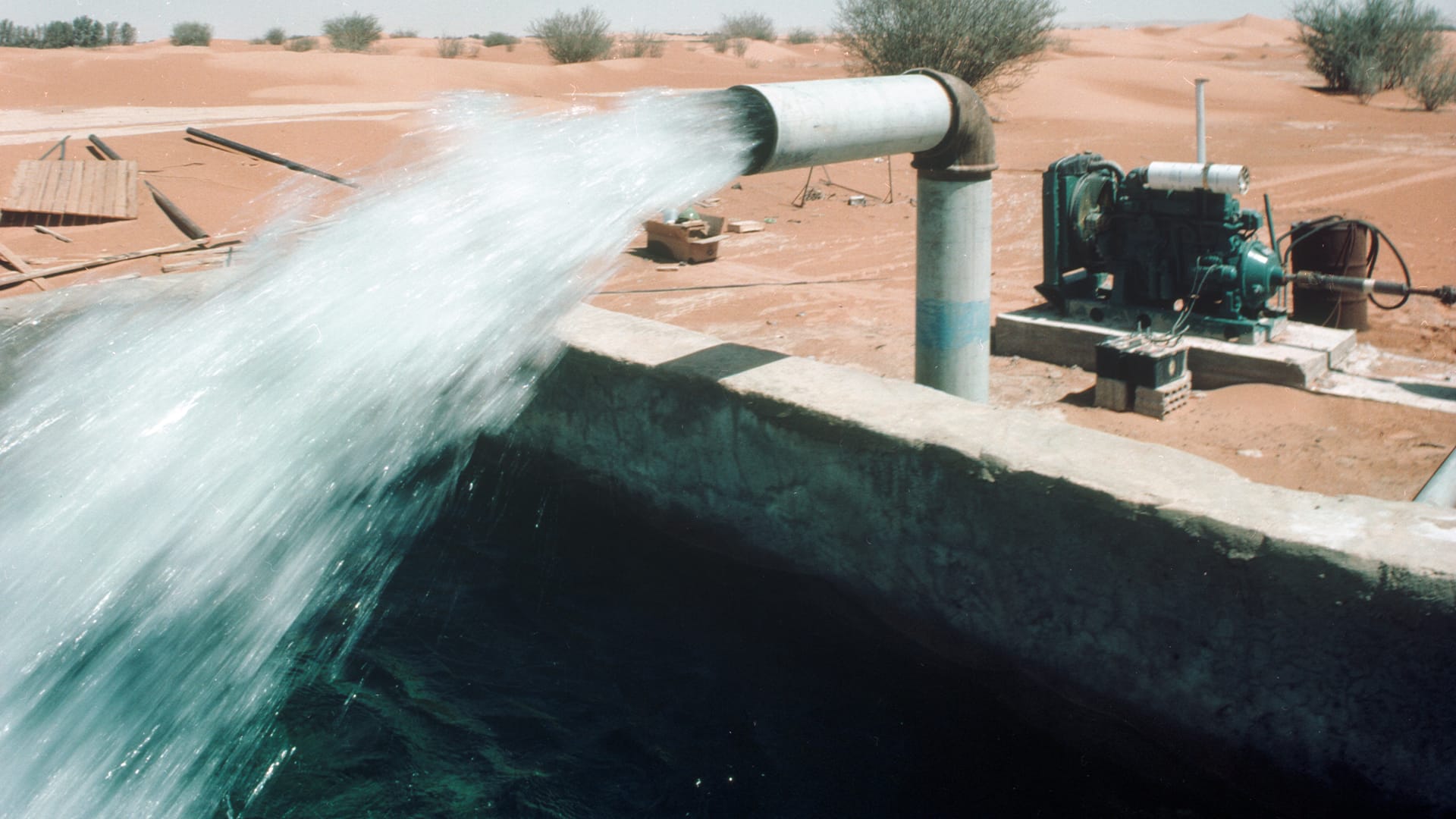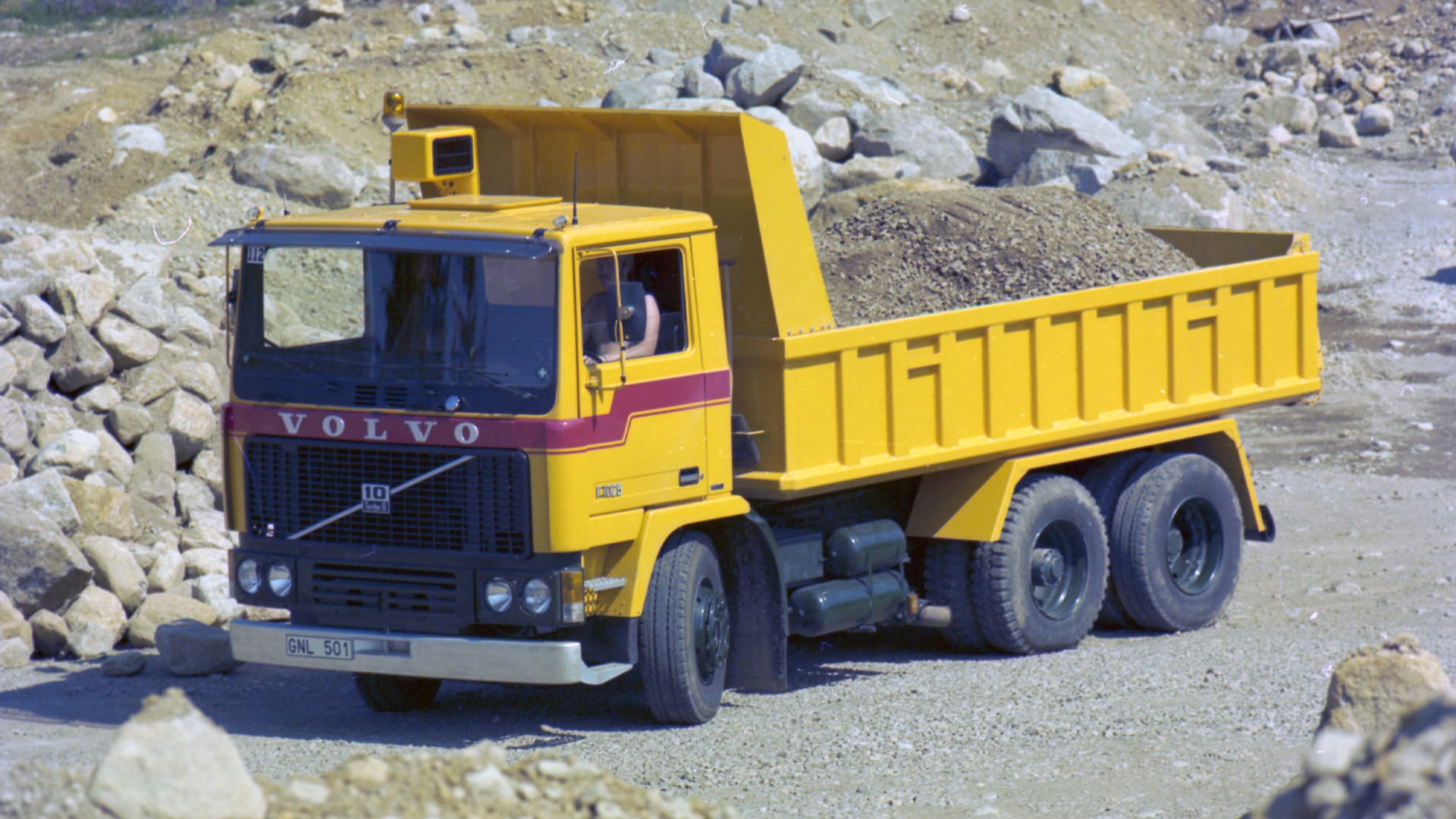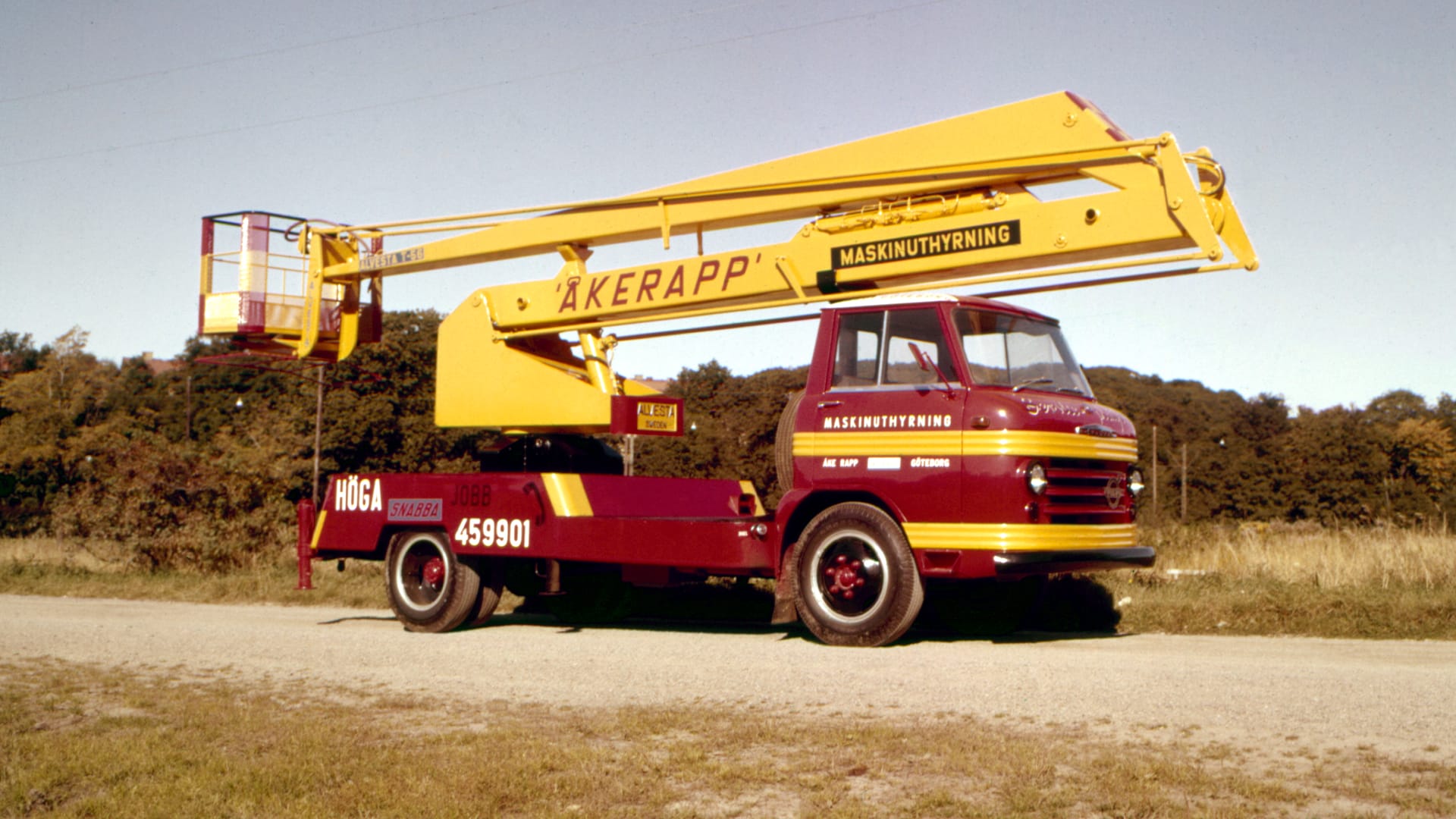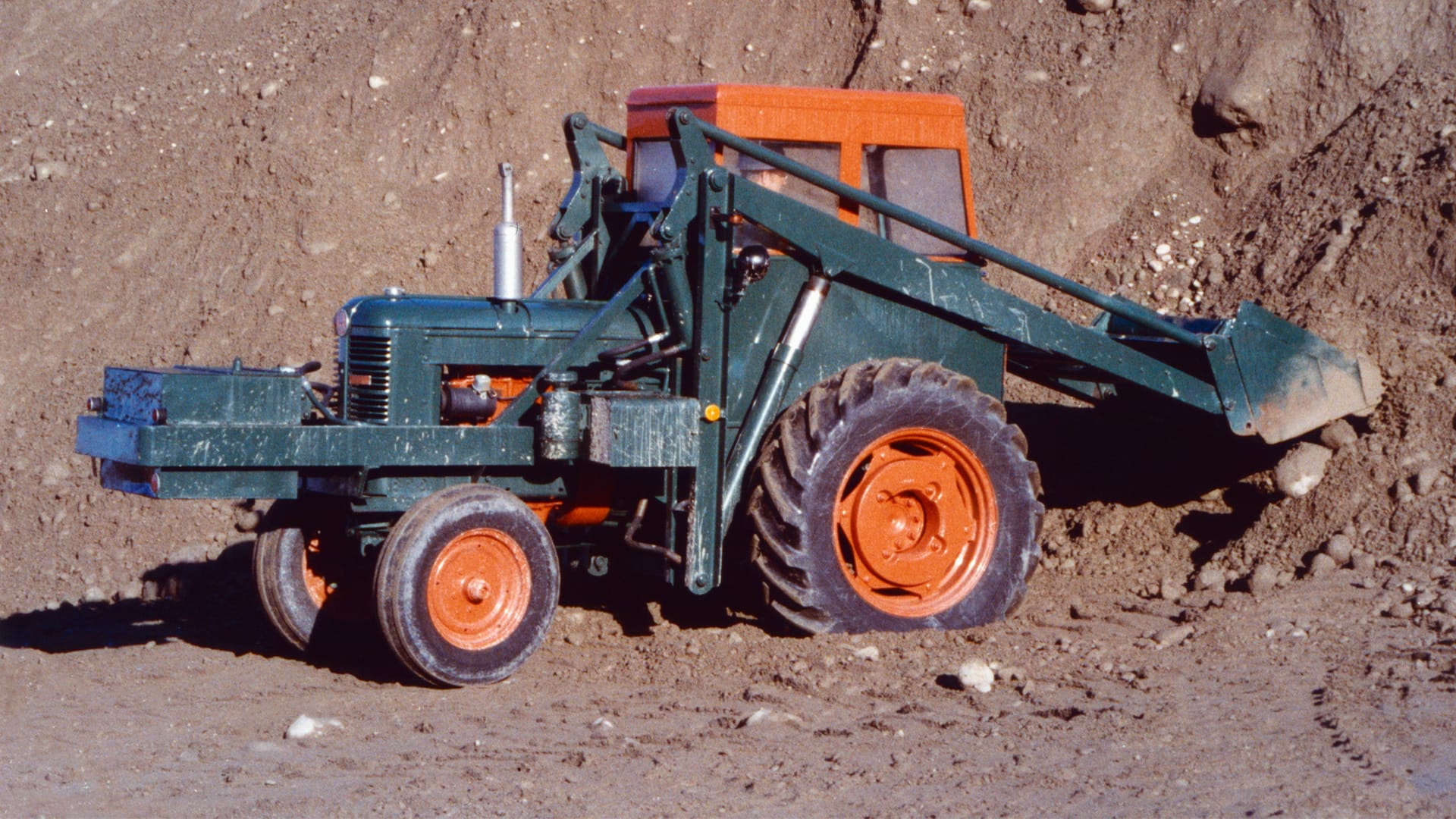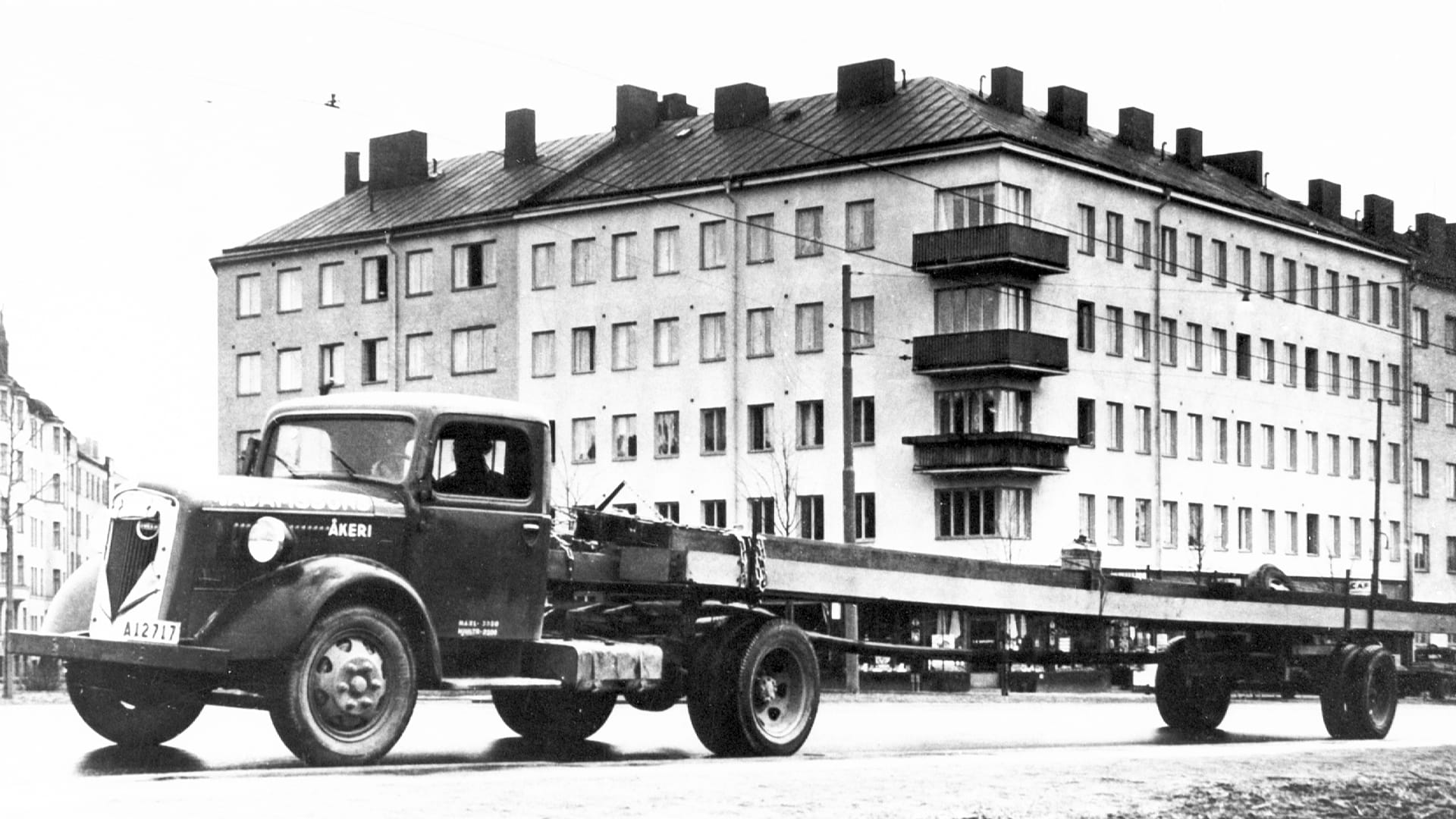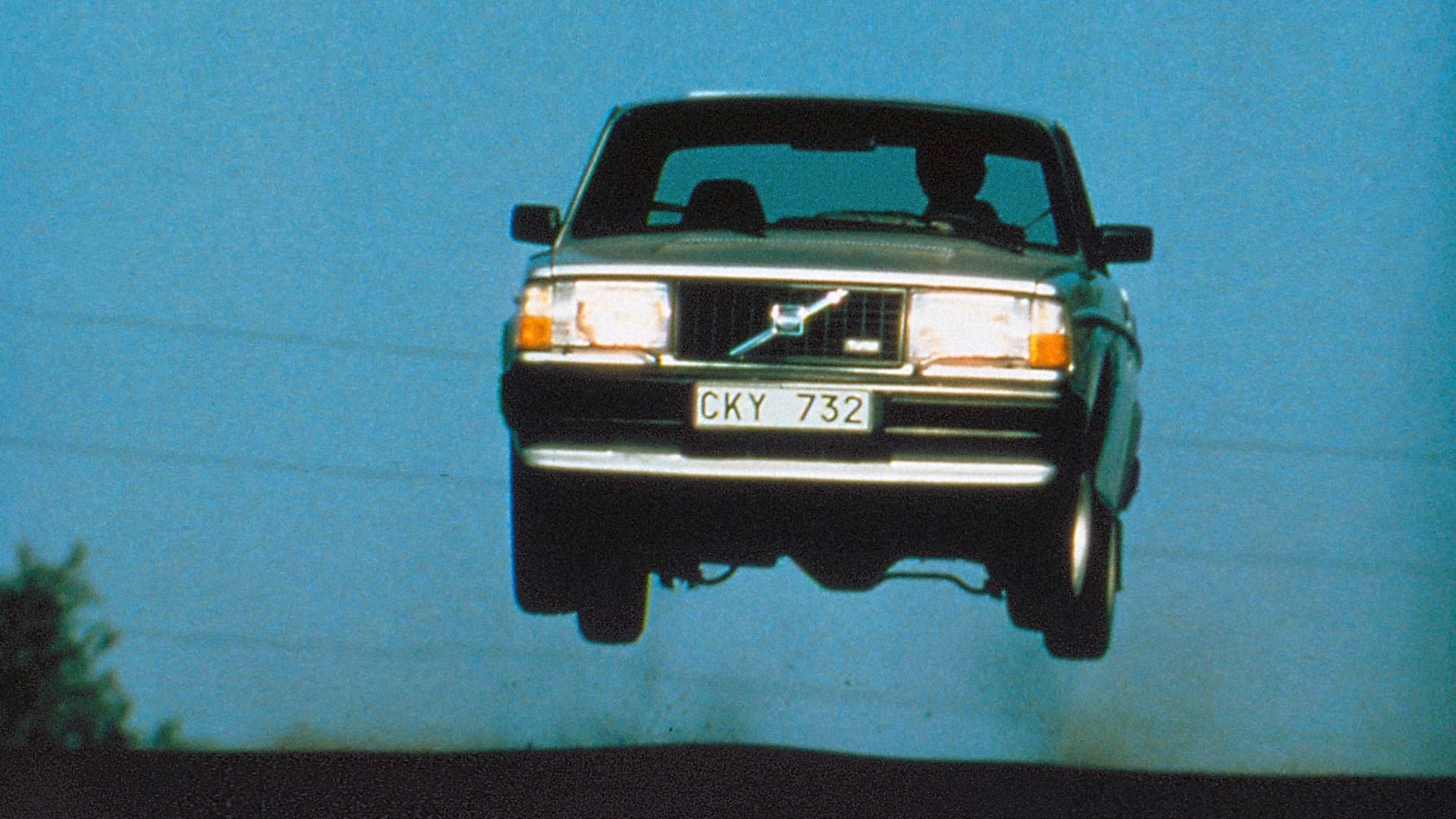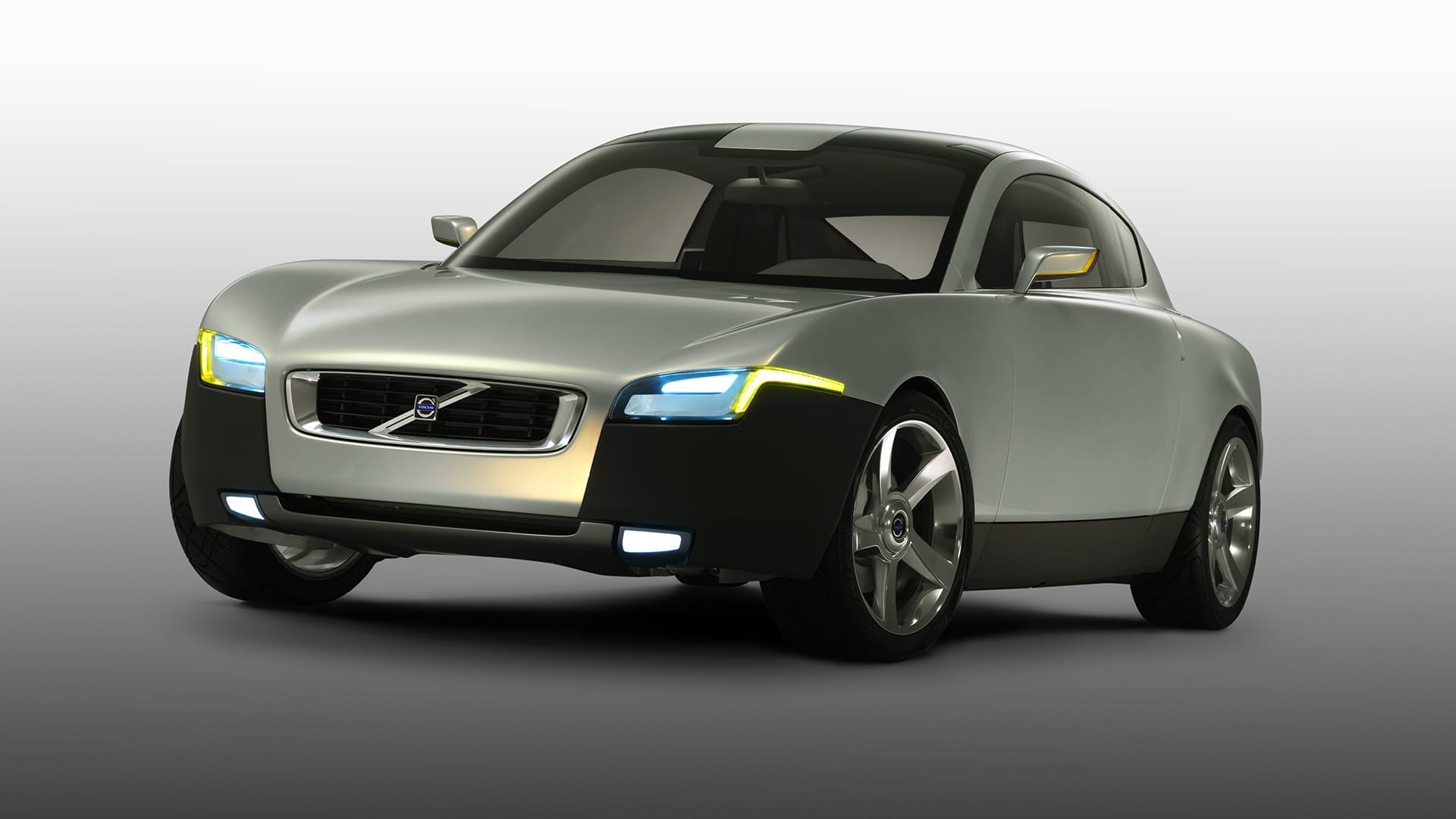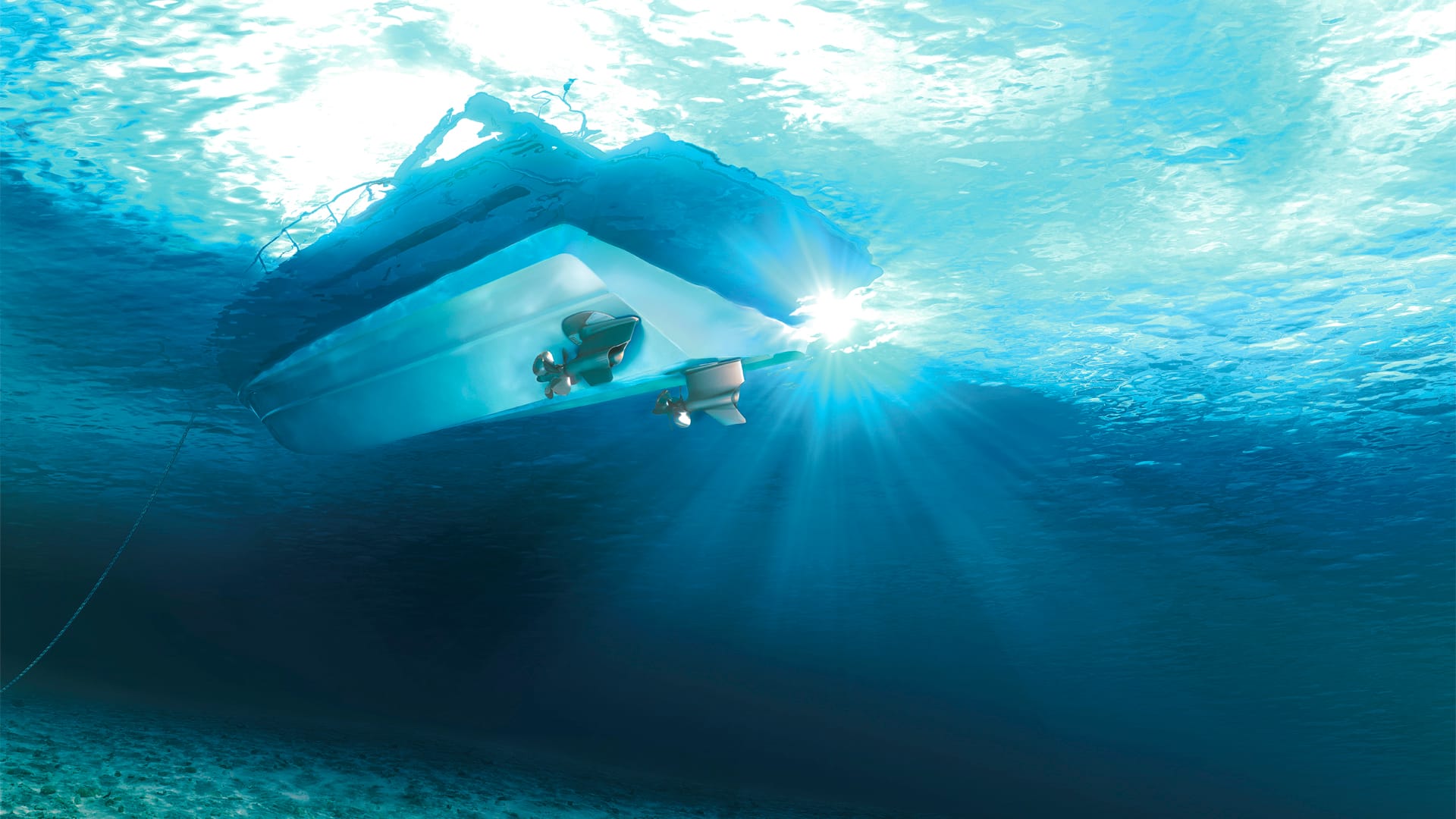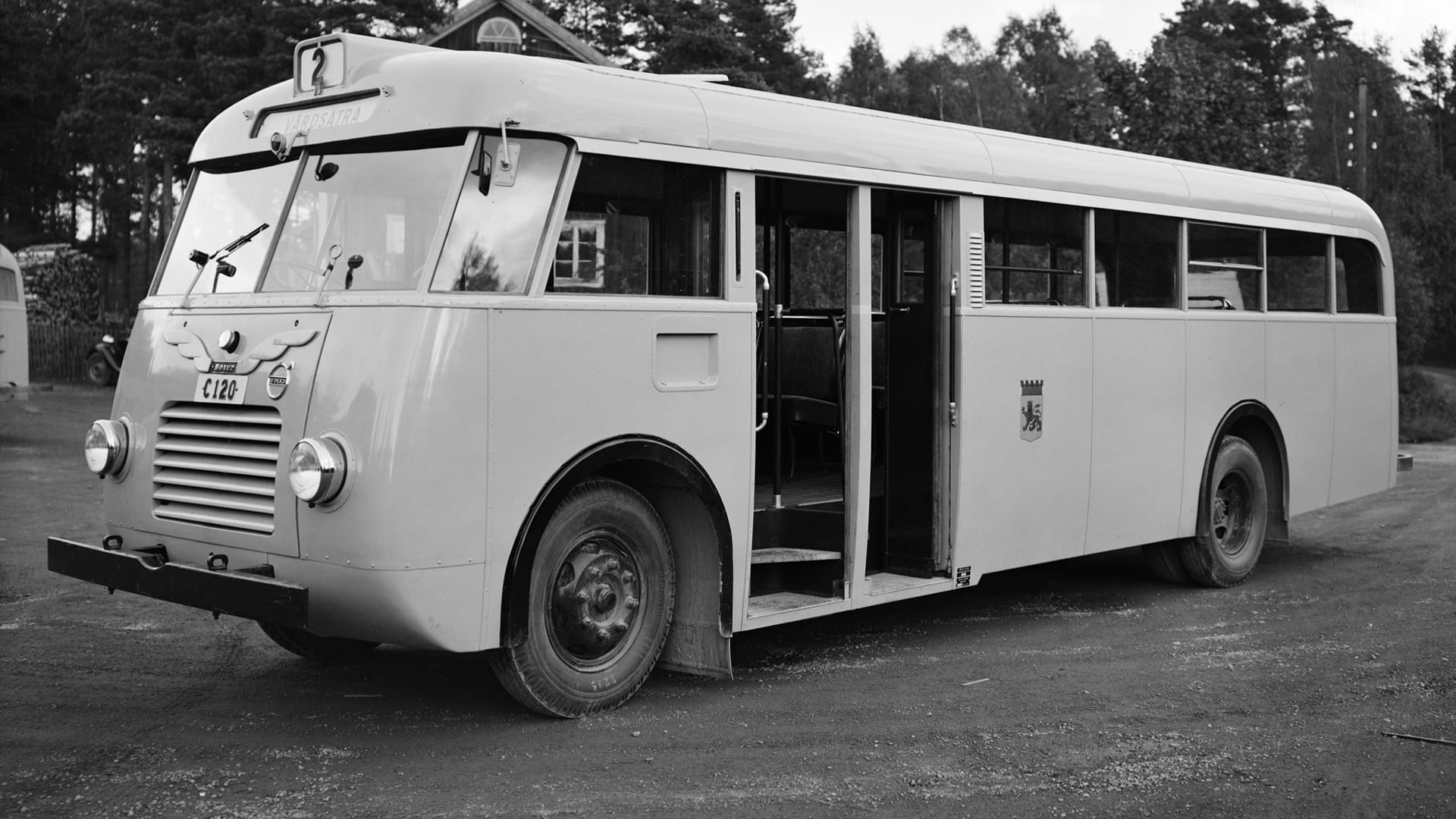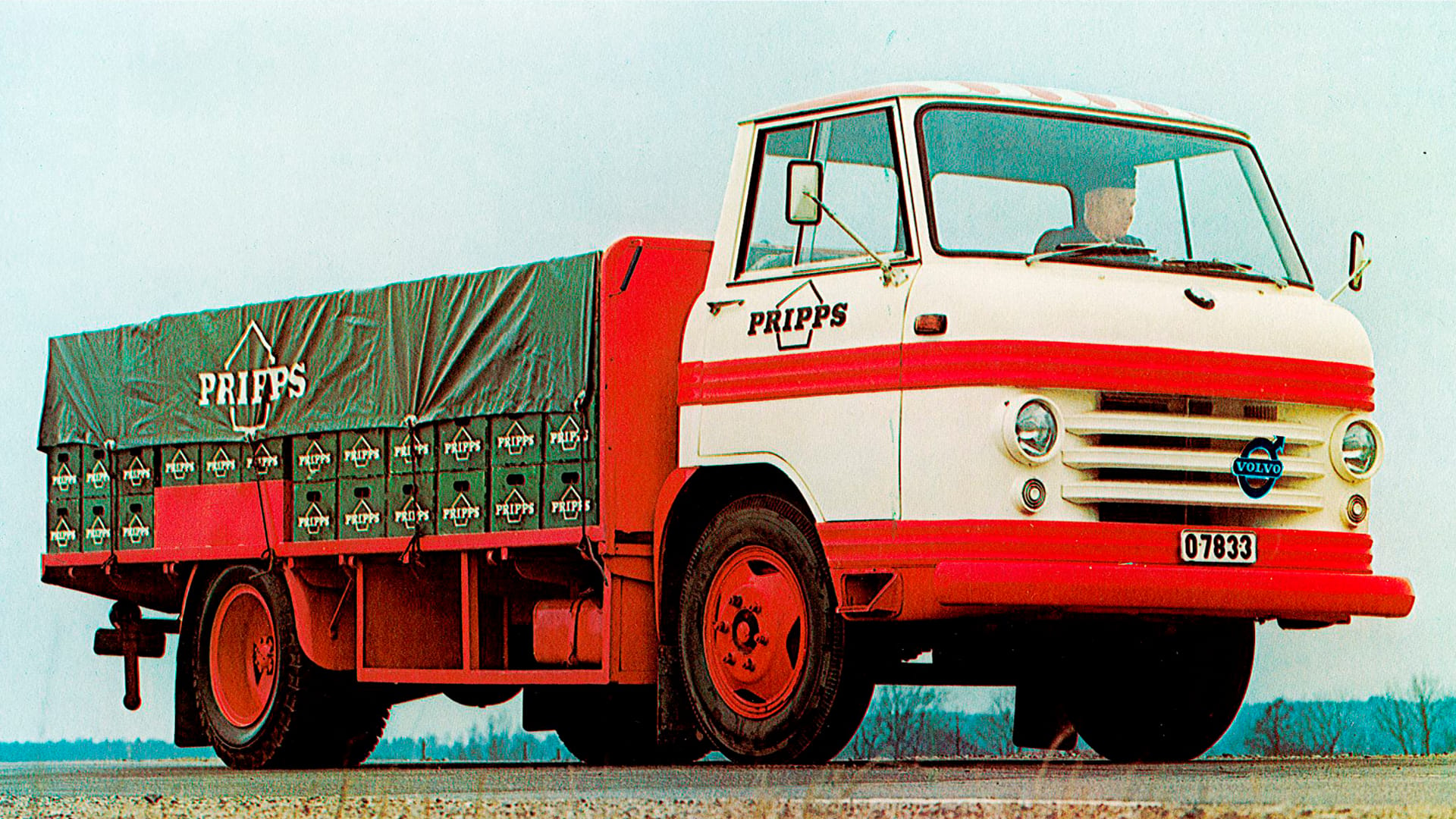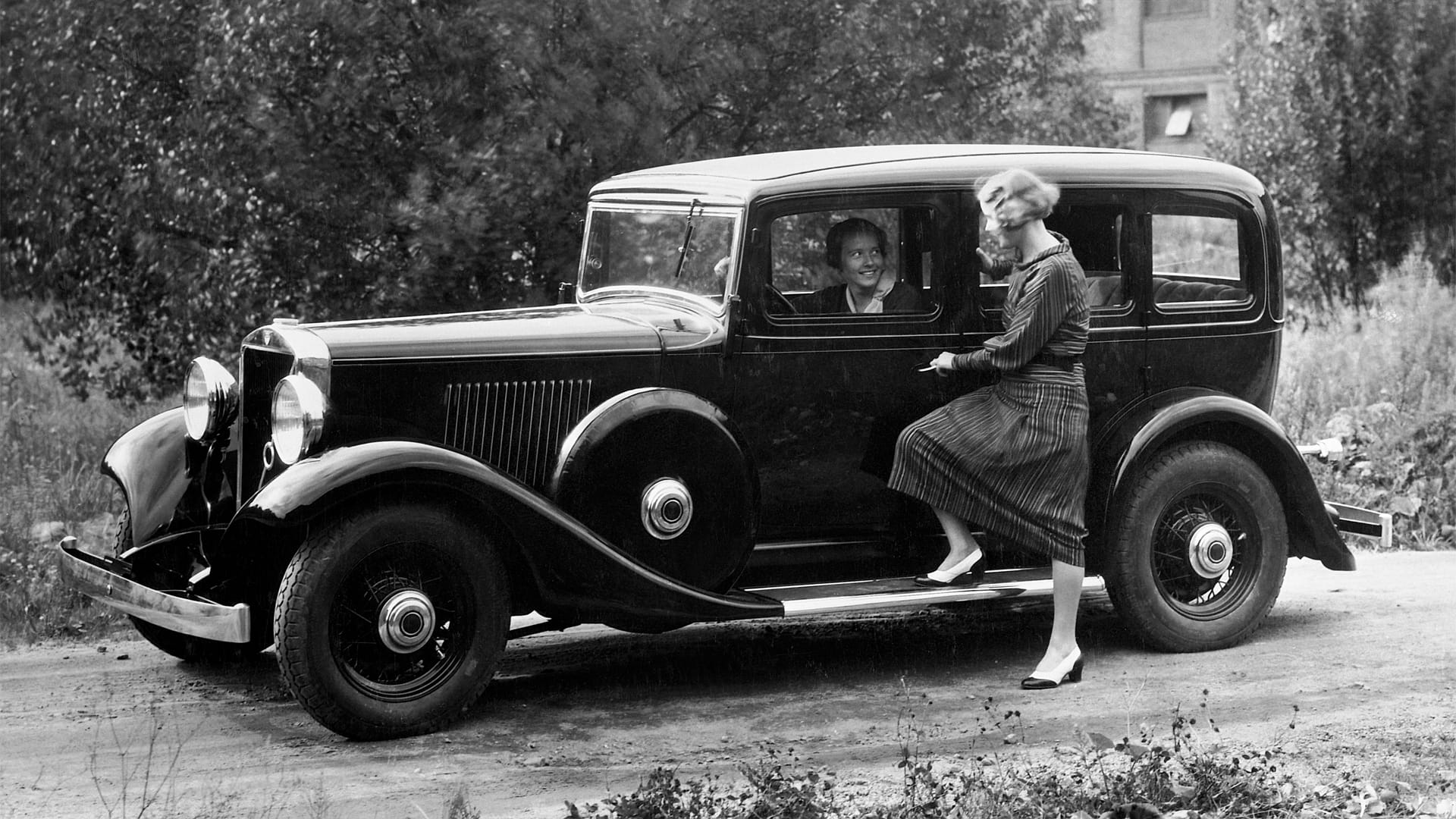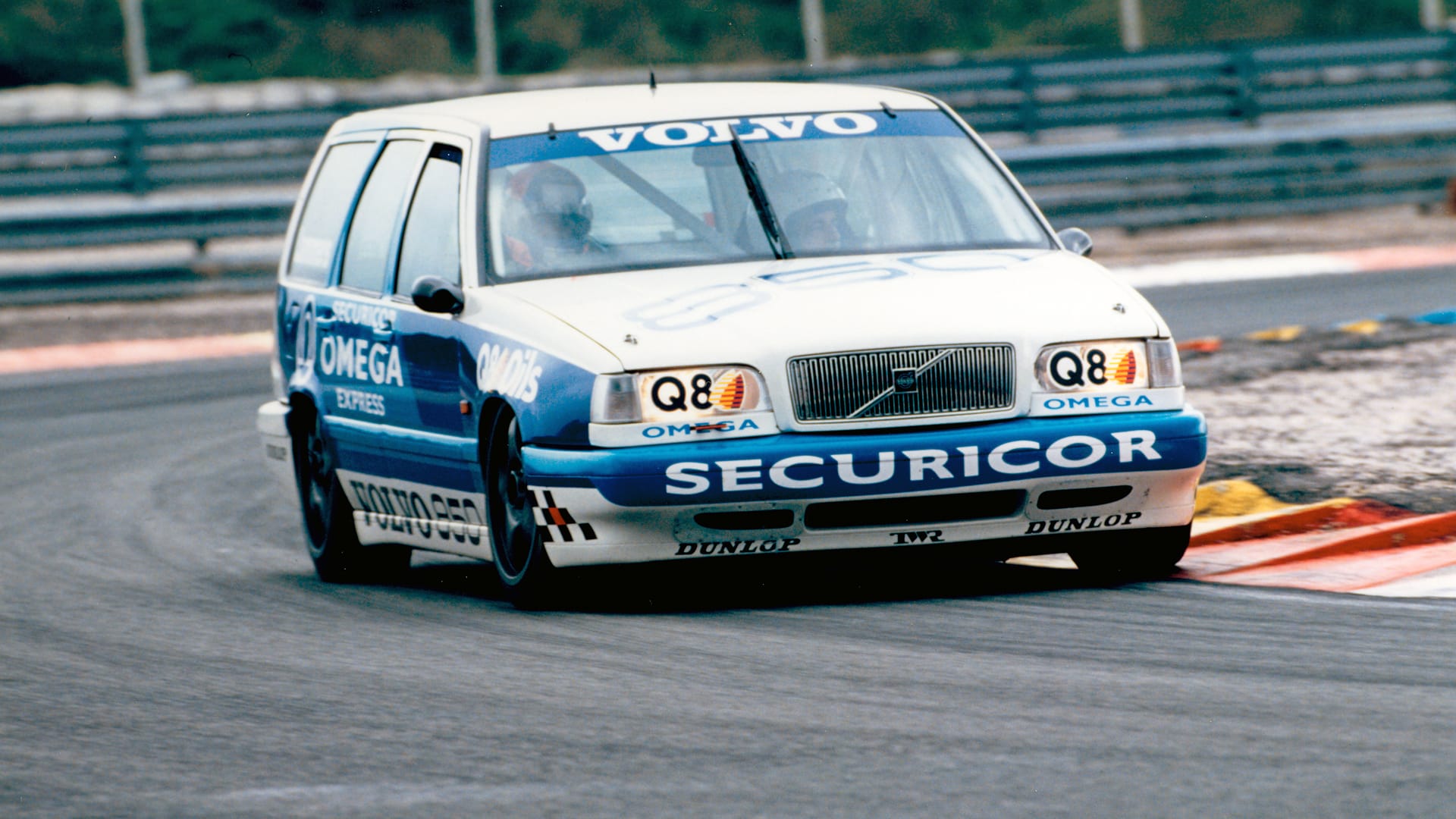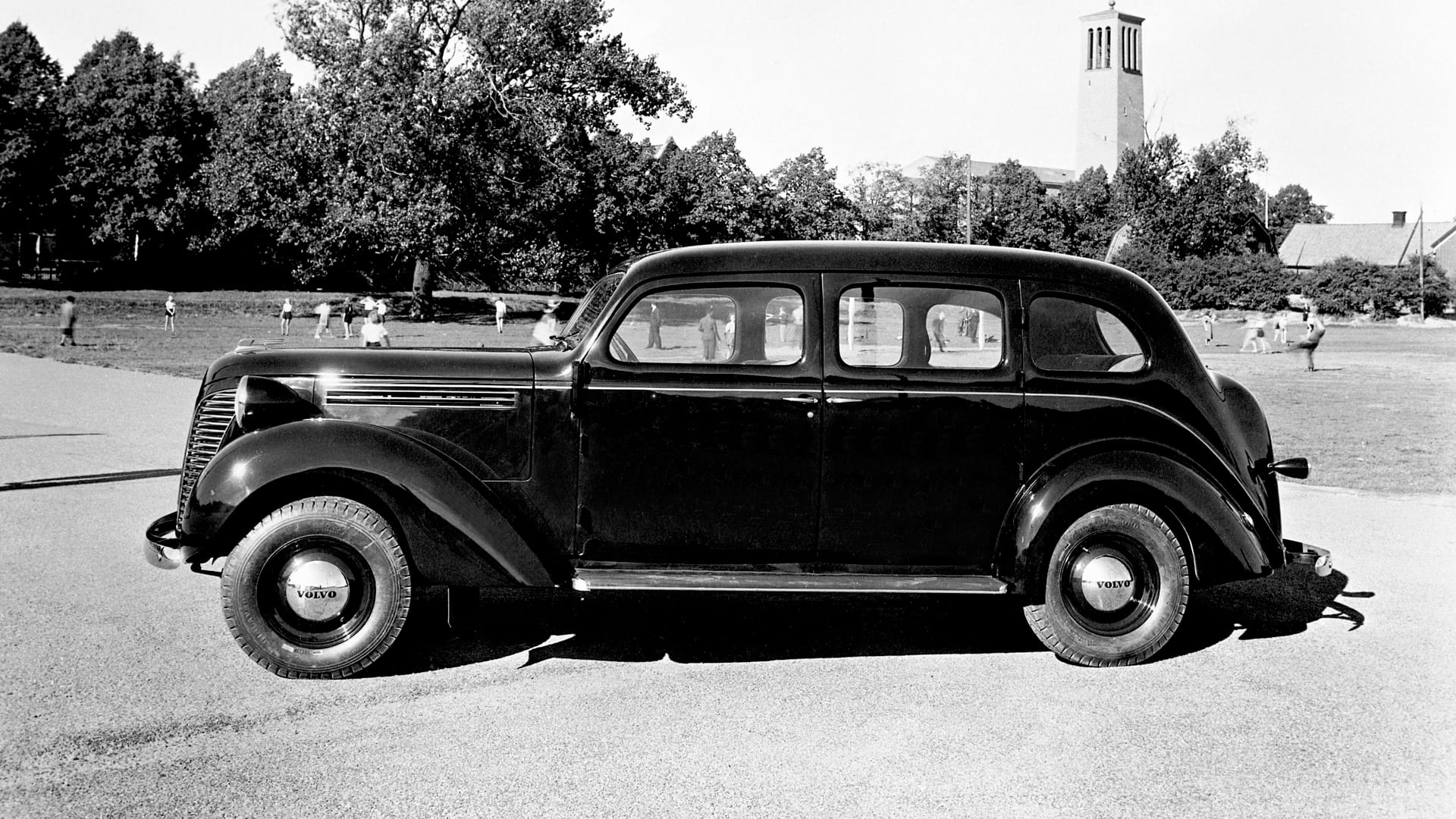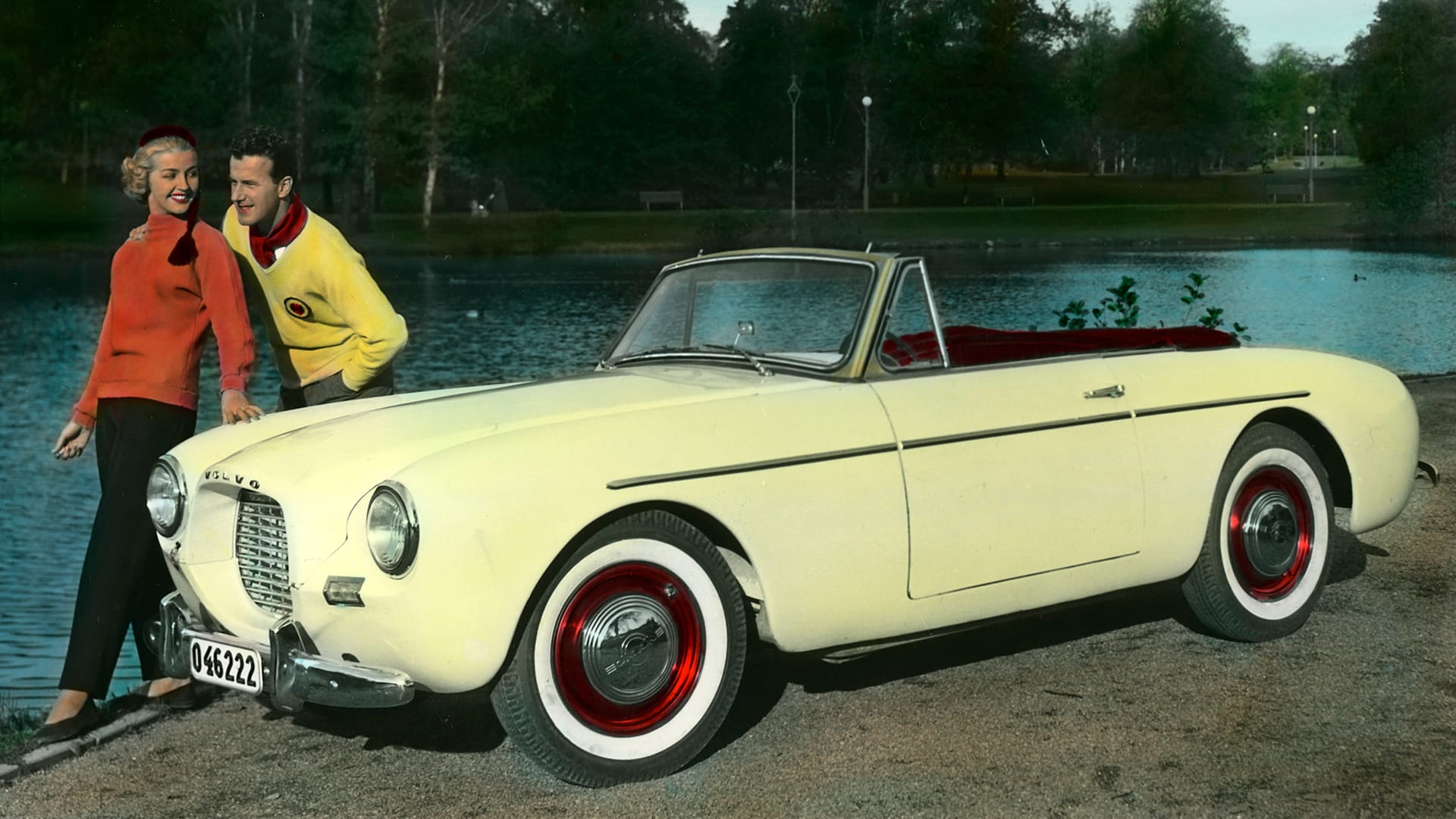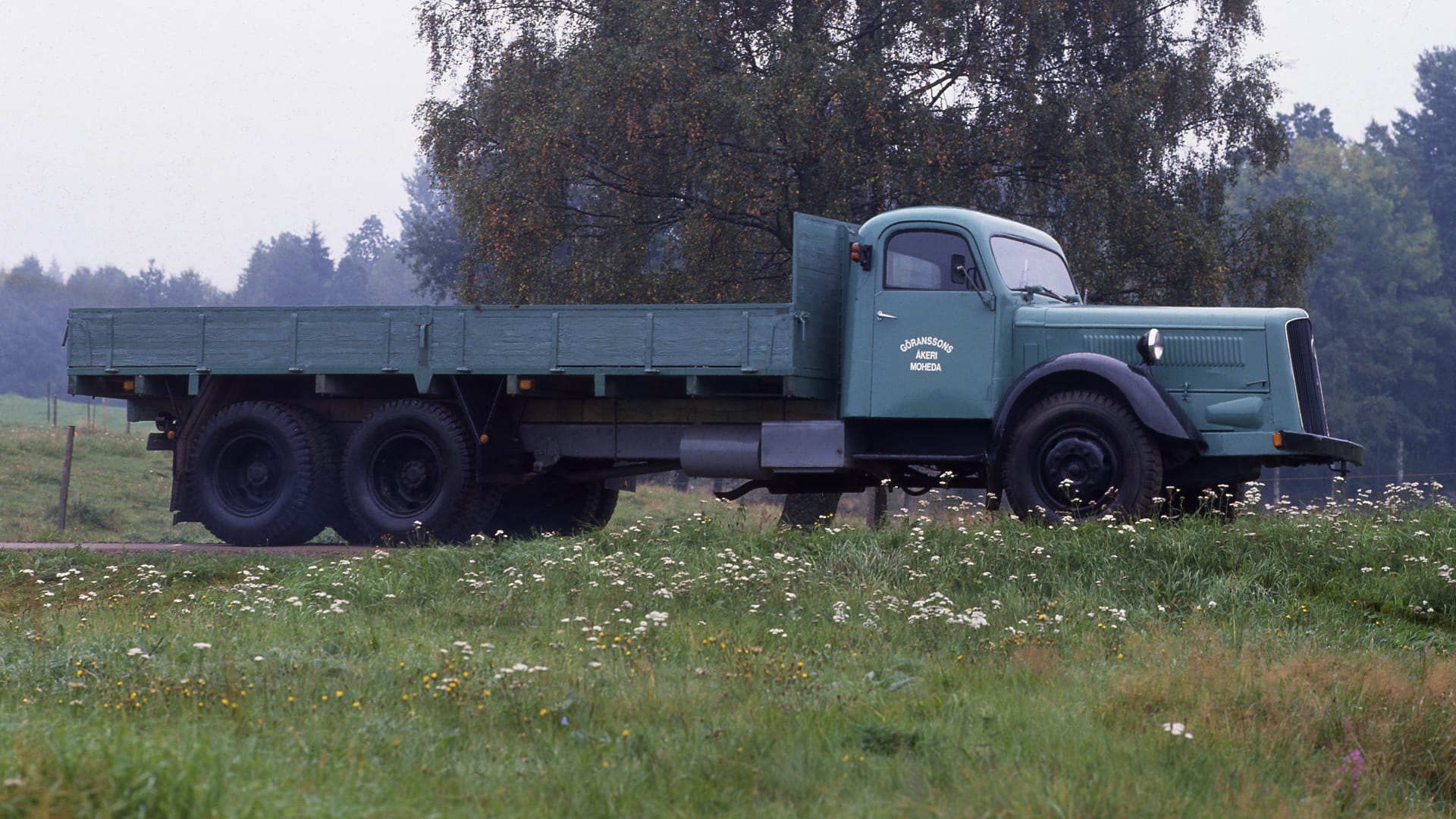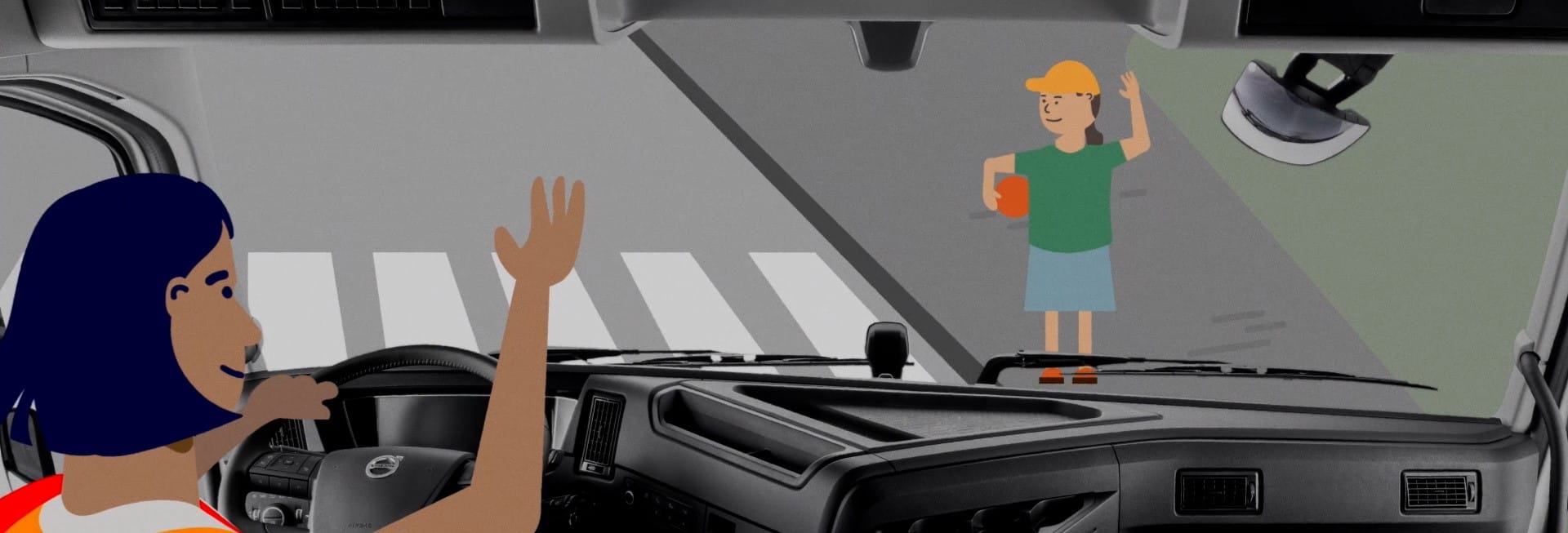Volvo Penta Aquamatic
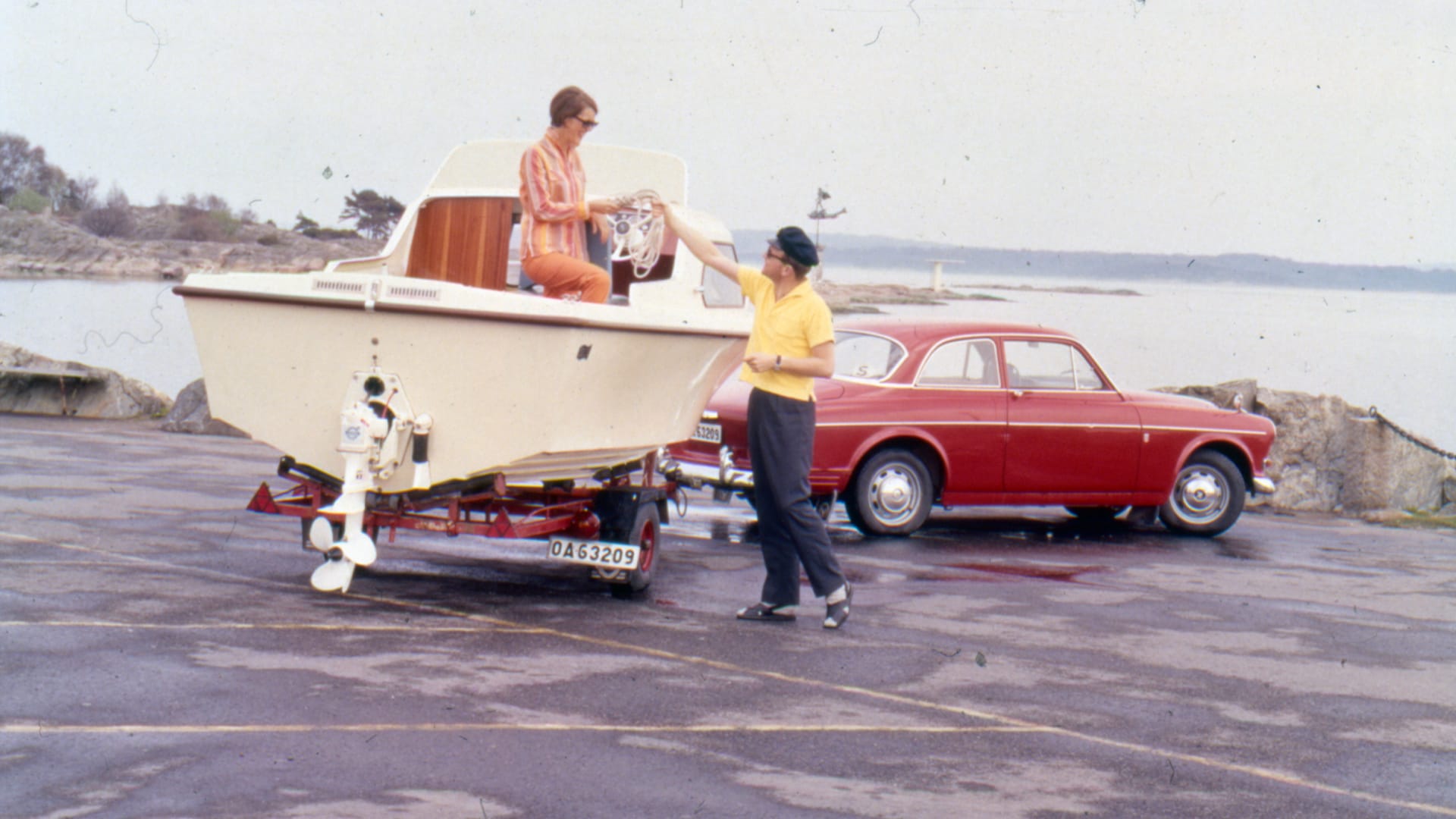
The best of both worlds
Until January 1959, boat owners have been forced to choose between outboard and inboard engines, each with its unique advantages and weaknesses. The best of both worlds. But, at the New York Motorboat Show, the Volvo Penta Aquamatic is presented. It combines the best for both worlds by merging the efficiency of outboard propulsion with the lower fuel consumption of inboard engines.
Behind the innovation is marine engineer Jim Wynne, who has long been trying, unsuccessfully, to convince American boat engine manufacturers of the idea. Eventually, he turns to Volvo Penta in Gothenburg, which manufactures a prototype in less than six months.
Six months after the launch at the New York Motorboat Show, Ingemar "Ingo" Johansson becomes the world heavyweight boxing champion by defeating Floyd Patterson at Yankee Stadium in New York. "Ingo" also becomes a sort of ambassador for Volvo Penta Aquamatic and appears in advertising films with his girlfriend Birgit Lundgren.
Dominating the 1960s
During the 1960s, Volvo Penta's production is dominated by Aquamatic engines, mainly gasoline-powered, primarily sourced from the company's own automotive side and based on the B16, B18, B20 B30, and B36 engines. The next marine major innovation is the Duoprop drive in 1982, featuring two counter-rotating propellers on the same shaft.
The name Aquamatic comes from a visit that Volvo Penta's US chief, John Järnmark, makes to Nils Olof Sefeldt, a well-known Swedish American and friend of Volvo. When Sefeldt moved to Houston in 1955, he brought a gray PV 444, which became the first Volvo in the USA. Järnmark talks about the revolutionary engine and says they need a good name for the invention. Sefeldt happens to see a bottle of aquavit on a table, and thus, the naming issue is resolved, especially since "aqua" is Latin for water.
Experiment
The Aquamatic story is intricate and exciting, involving friendship, coincidences – and, of course, money. It all starts with Charles Strang, who, while studying at M.I.T. in Boston in the late 1940s, engages in boat racing with outboard engines. He experiments with various solutions to improve engine performance, including testing a car engine from Europe. The idea of placing the engine inside the boat but the drive unit outside is born during his tests in 1948. Strang has no name for his idea, but he remembers a comic strip character from his childhood named Appassionata Von Climax, so he names his innovation AVC.
Friend takes over
Strang then starts working for boat engine manufacturer Kiekhaefer Mercury (which later becomes Mercury). After just a couple of weeks, he tells the founder and owner, Carl Kiekhaefer, about his idea for a completely new type of boat engine. But the American boat engine industry is entirely focused on outboard engines, so interest is lukewarm. Charles Strang met another student, Jim Wynne, at M.I.T., whom he offers a job as a test manager at Kiekhaefer Mercury. On one occasion, they make a business trip to Texas, and Strang makes a simple drawing of his engine. Wynne is excited about the idea and leaves Kiekhaefer Mercury in the spring of 1958.
Building in the garage
In less than three months, he creates the first prototype for an inboard/outboard (I/O) engine in his parents' garage in Florida. He uses a four-cylinder, 1.6-liter engine from Volvo Penta, sold as an inboard engine in the USA. Shortly thereafter, Volvo Penta's US chief, John Järnmark, happens to call Jim Wynne for an entirely different matter. Wynne then reveals that he is working on a completely new type of boat engine but does not want to say anything until the patent issue is resolved. When it's sorted out, Järnmark is invited to Wynne's garage in Florida and receives all the information, which he then sends to Volvo Penta's CEO Harald Wiklund in Sweden – diagrams, drawings, pictures, and descriptions.
Licensing agreement
Wiklund is immediately excited. He knows that the American competitors have reached the limit of their production capacity and therefore are not interested in new products. But for Volvo Penta, the I/O engine would represent a way into the market, and there are also plenty of their own four-stroke engines available. Jim Wynne travels to Sweden in the summer of 1958 and abandons his plans to start manufacturing the engine himself. Instead, he writes a licensing agreement with Volvo Penta. Wynne will receive $7 per manufactured engine for the rest of his life, an agreement that Harald Wiklund later considers to be too advantageous for Wynne. After all, it is Volvo Penta that will develop and manufacture the engines.
Strang to the rescue
In the fall of 1958, the first three prototypes are manufactured in Köping. But when the tests are to be conducted, it turns out that Jim Wynne cannot answer many of the technical questions that arise, and he is eventually forced to admit that it was not he who originally came up with the idea but Charles Strang. He has always agreed with Jim Wynne to stay out of the project, including the financial arrangement, because he works for the competitor Kiekhaefer Mercury. But now he is called in and secretly helps with the tests, constantly afraid of being discovered by spies, whom he believes could be sent out by the notoriously suspicious and hot-tempered Carl Kiekhaefer.
Dismissed by competitor
When Kiekhaefer later tests the engine, he is strongly negative and writes in a letter to Charles Strang: "Extremely noisy, steering extremely dangerous, steering force so violent that it wrenches the wheel out of your hand," among other things. Kiekhaefer's conclusion is: "Volvo's outboard/inboard drive, besides its cost and weight disadvantages, has all the other disadvantages of an inboard installation, and although a certain segment of the public may choose it, I do not think it is a threat to outboard engines at this time."
Danish deal
At first, it seems he will be proven right. In the first year, 1959, only 3,000 Aquamatics are sold, compared to the planned 10,000. In the USA, many customers buy boats without engines and equip them themselves with outboard engines. But Harald Wiklund manages to strike a deal with Danish boat manufacturer Ole Botved, who agrees that Coronet boats will be equipped with an Aquamatic engine when sold. In return, Botved does not need to pay interest for the engines in the first year.
80% of the world market
It becomes a decisive success, and now competitors are forced to follow suit, with their own versions of Inboard/Outboard (I/O) engines. Three years after the launch, they are offered by 16 different manufacturers. And when Mercury opens up to sell directly to boatbuilders, I/O engines take 80 percent of the world market. Wynne's and Strang's keep their collaboration secret for 30 years. For Volvo and Volvo Penta, Aquamatic represents a leap into the future.
